Each section will focus on a specific Asian living room design idea, incorporating elements from Japanese, Chinese, Korean, and general Asian design principles while following the writing guidelines provided.Based on my research into current Asian living room design trends and traditional elements, I'll now create comprehensive content about 20 Asian living room ideas that blend timeless principles with modern functionality.
Asian living rooms represent a harmonious blend of ancient wisdom and contemporary comfort, creating spaces that nurture both body and soul. These thoughtfully designed environments draw from rich cultural traditions spanning Japanese minimalism, Chinese feng shui principles, Korean ondol heating systems, and zen philosophy. The emphasis on natural materials, clean lines, and connection to nature makes Asian living room design particularly relevant for today's homeowners seeking peaceful retreats from busy modern life. Current design trends favor comfort-driven spaces, natural textures, and biophilic elements that align perfectly with Asian design principles. From low-profile furniture that encourages floor sitting to carefully curated feng shui arrangements that promote positive energy flow, these design ideas offer practical solutions for creating serene, functional living spaces that reflect cultural heritage while embracing contemporary lifestyle needs.
1. Japanese Minimalist Living Room with Tatami Mats
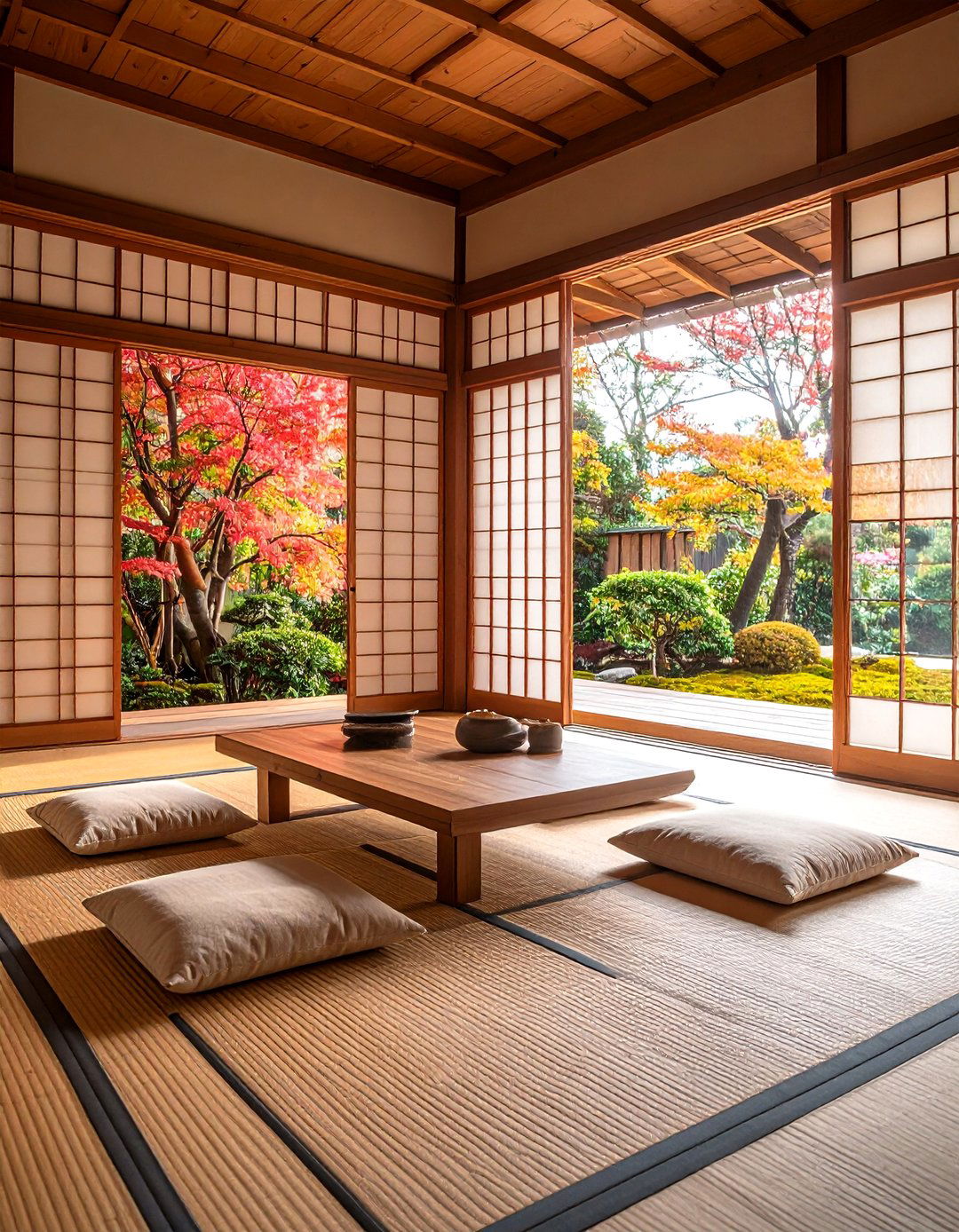
Traditional tatami mats crafted from rice straw provide the foundation for authentic Japanese living room design, offering both comfort and cultural significance. These natural flooring elements create a soft, warm surface that encourages barefoot living while adding textural interest to minimalist spaces. The unique texture and warmth of tatami mats contribute to a serene atmosphere, making them ideal for meditation spaces and living rooms. Arrange low wooden furniture directly on tatami mats to maintain the authentic Japanese aesthetic, while incorporating floor cushions for additional seating. The natural golden color of tatami complements neutral wall tones and creates visual continuity throughout the space. Consider partial tatami installation in modern homes, creating designated sitting areas that honor traditional Japanese living customs while adapting to contemporary lifestyles.
2. Feng Shui Living Room with Five Elements Balance
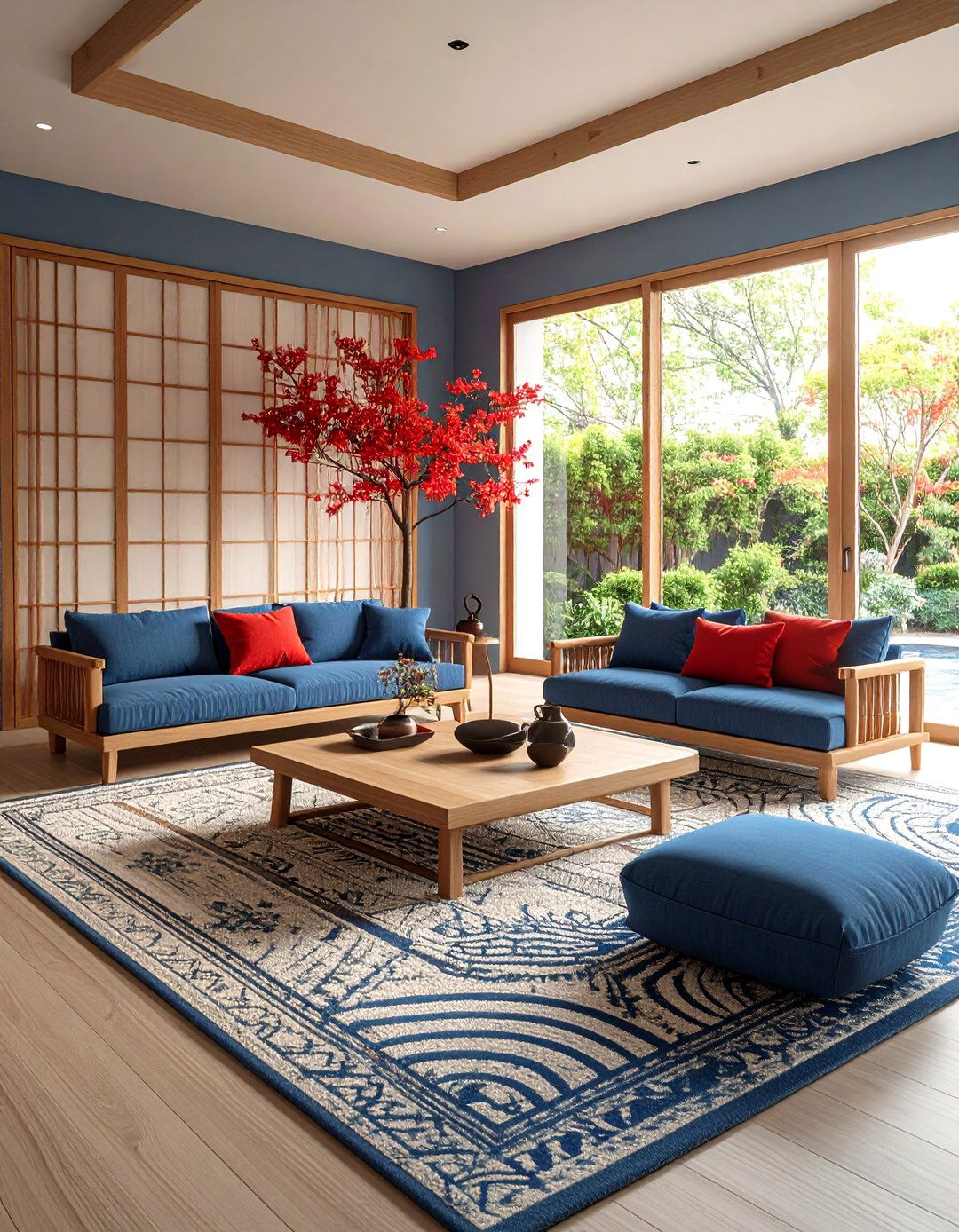
The five elements—wood, fire, earth, metal, and water—form the foundation of feng shui living room design, creating harmonious energy flow when properly balanced. Incorporate wood through live plants and furniture, fire through lighting and red accents, earth through yellow rugs and ceramic items, metal through steel coffee tables, and water through flowing shapes and blue tones. Position your main seating in the command position with clear views of entrances to promote feelings of security and control. Use the bagua map to determine optimal colors and elements for your living room's specific location within your home. Natural materials like bamboo and stone enhance the connection between indoor and outdoor environments. Balance opposing elements thoughtfully—for example, pair angular metal furniture with flowing water features to create dynamic yet harmonious energy throughout your living space.
3. Korean Ondol-Inspired Floor Heating Living Room
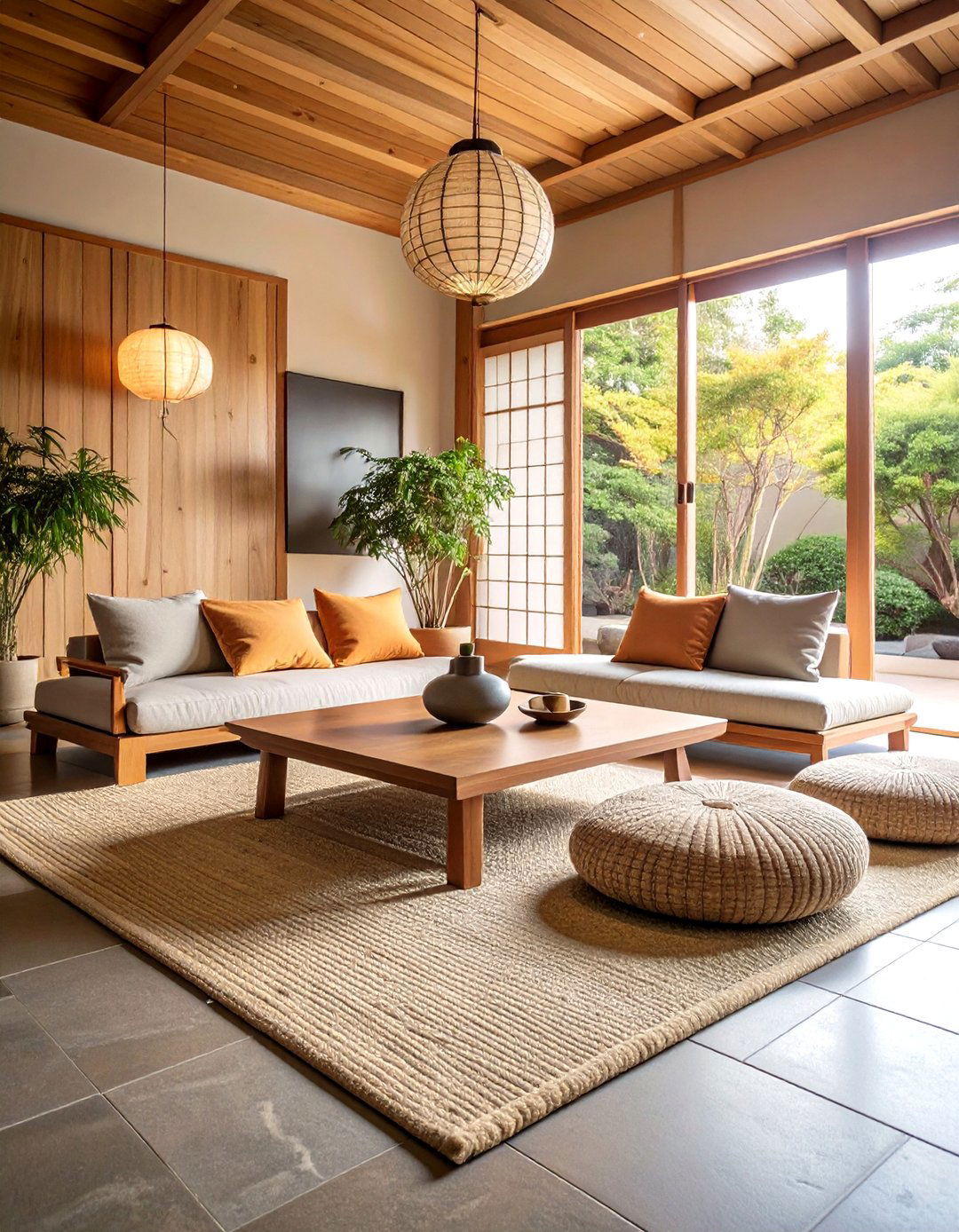
The Korean ondol system, meaning "warm stone," revolutionizes living room comfort through radiant floor heating that promotes both physical warmth and cultural connection. Modern interpretations use hydronic systems beneath floors to create the same warming effect that encouraged traditional Korean floor sitting. The ondol floor design defines a unique barefoot culture where warm floors become the primary living surface rather than elevated furniture. Arrange low Korean-style furniture directly on heated floors, creating intimate seating areas perfect for conversation and relaxation. This heating method provides health benefits by improving blood circulation while maintaining comfortable temperatures throughout the room. Choose flooring materials that conduct heat efficiently, such as natural stone or engineered wood, and incorporate floor cushions and low tables to embrace the traditional Korean living experience in contemporary homes.
4. Zen Living Room with Natural Material Focus
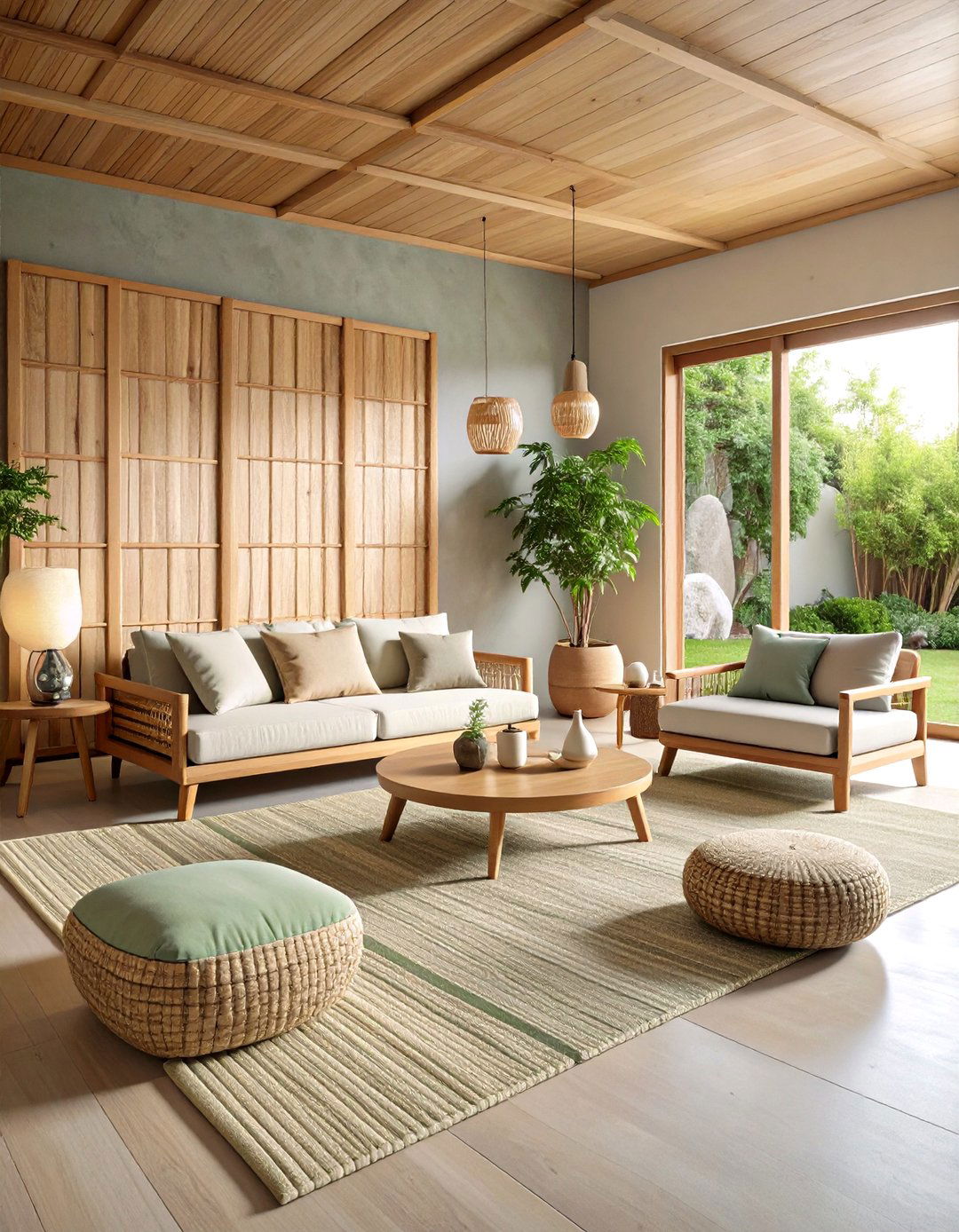
Natural materials like wood, stone, and bamboo create the foundation for zen living room design, establishing authentic connections to nature while promoting tranquility. Incorporate untreated wood for furniture and flooring, stone for feature walls or decorative pieces, and bamboo for screens, accents, or flooring to enhance the organic atmosphere. These materials work together to create thermal and textural variety while maintaining visual harmony throughout the space. Avoid synthetic materials that can disrupt the natural energy flow, instead choosing organic cotton, linen, and wool textiles that complement the earthy foundation. Select furniture with clean lines and smooth surfaces made from sustainable materials to promote calm and tranquility. Layer different natural textures thoughtfully—rough stone against smooth bamboo, weathered wood alongside polished metals—to create depth and interest while maintaining the zen principle of simplicity.
5. Low-Profile Asian Living Room with Floor Seating
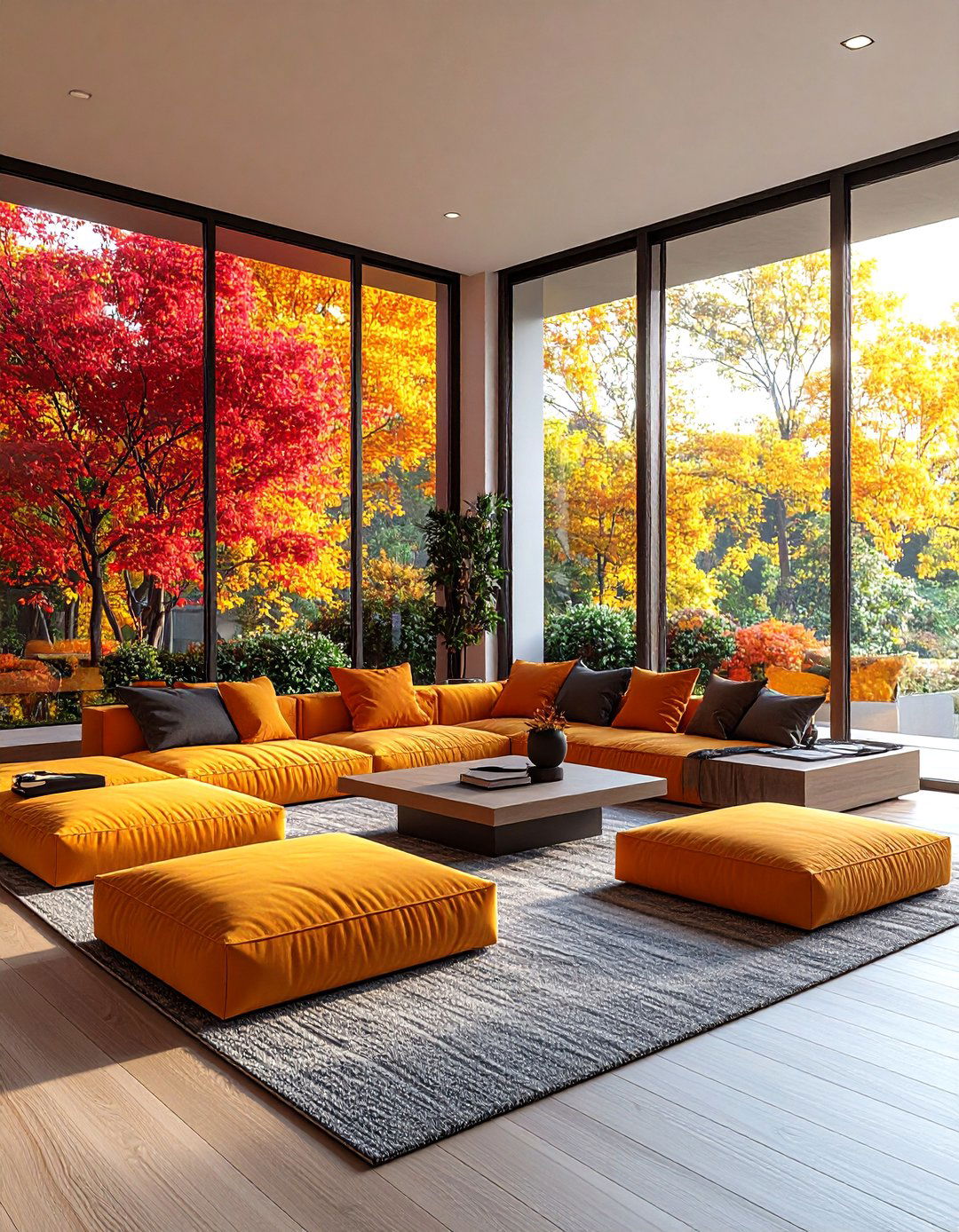
Low-to-ground furniture reflects traditional Asian design principles while encouraging a sense of grounding and connection to the earth. Floor cushions, low sofas, and minimalist coffee tables maintain visual flow without interruptions while supporting the traditional practice of floor sitting. This arrangement creates intimate conversation areas where family and guests naturally gather closer together. Choose platform-style seating with built-in storage to maximize functionality while maintaining clean lines. Traditional Korean and Japanese cultures favored floor sitting, which provides health benefits and creates a more connected living experience. Incorporate adjustable floor cushions that can be easily moved and rearranged for different activities, from casual dining to meditation practices. The lower sight lines created by floor seating make rooms feel more spacious while promoting a relaxed, informal atmosphere perfect for modern family life.
6. Sliding Shoji Screen Living Room Dividers
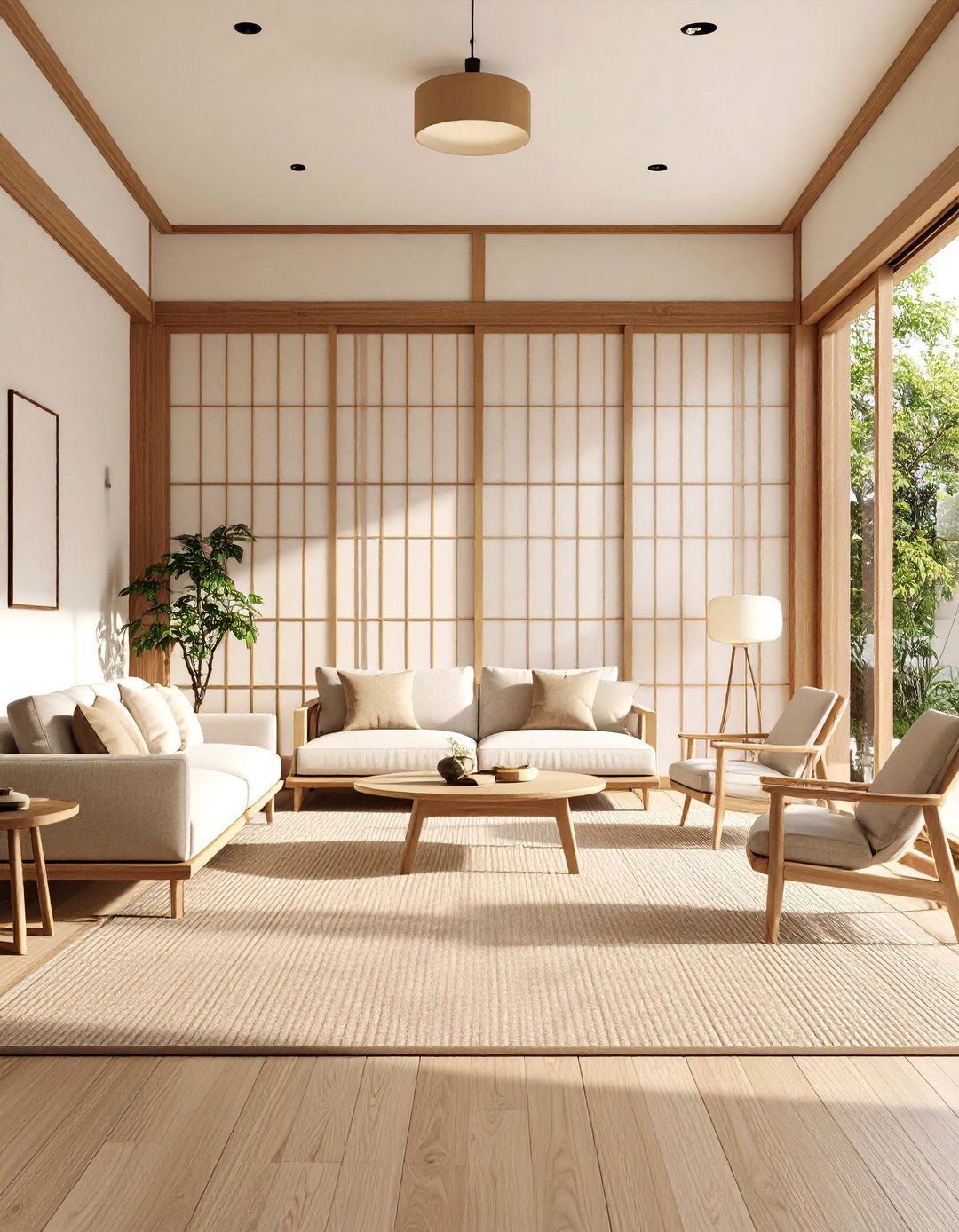
Shoji screens made from rice paper and wood frameworks serve as flexible room dividers that maintain light flow while providing privacy when needed. These translucent panels allow natural light to filter through while creating gentle separation between living areas without permanently dividing the space. Traditional shoji screens feature geometric patterns that cast beautiful shadows and create visual interest without overwhelming minimalist aesthetics. Modern versions can incorporate sliding mechanisms for easy operation and contemporary materials for improved durability. The sliding door concept maximizes space efficiency while maintaining the flexibility to open or close areas as needed. Use shoji screens to create temporary meditation spaces, hide storage areas, or separate living and dining zones. The soft, diffused light created by these screens eliminates harsh shadows while maintaining the serene atmosphere essential to Asian living room design.
7. Bamboo Accent Living Room Design
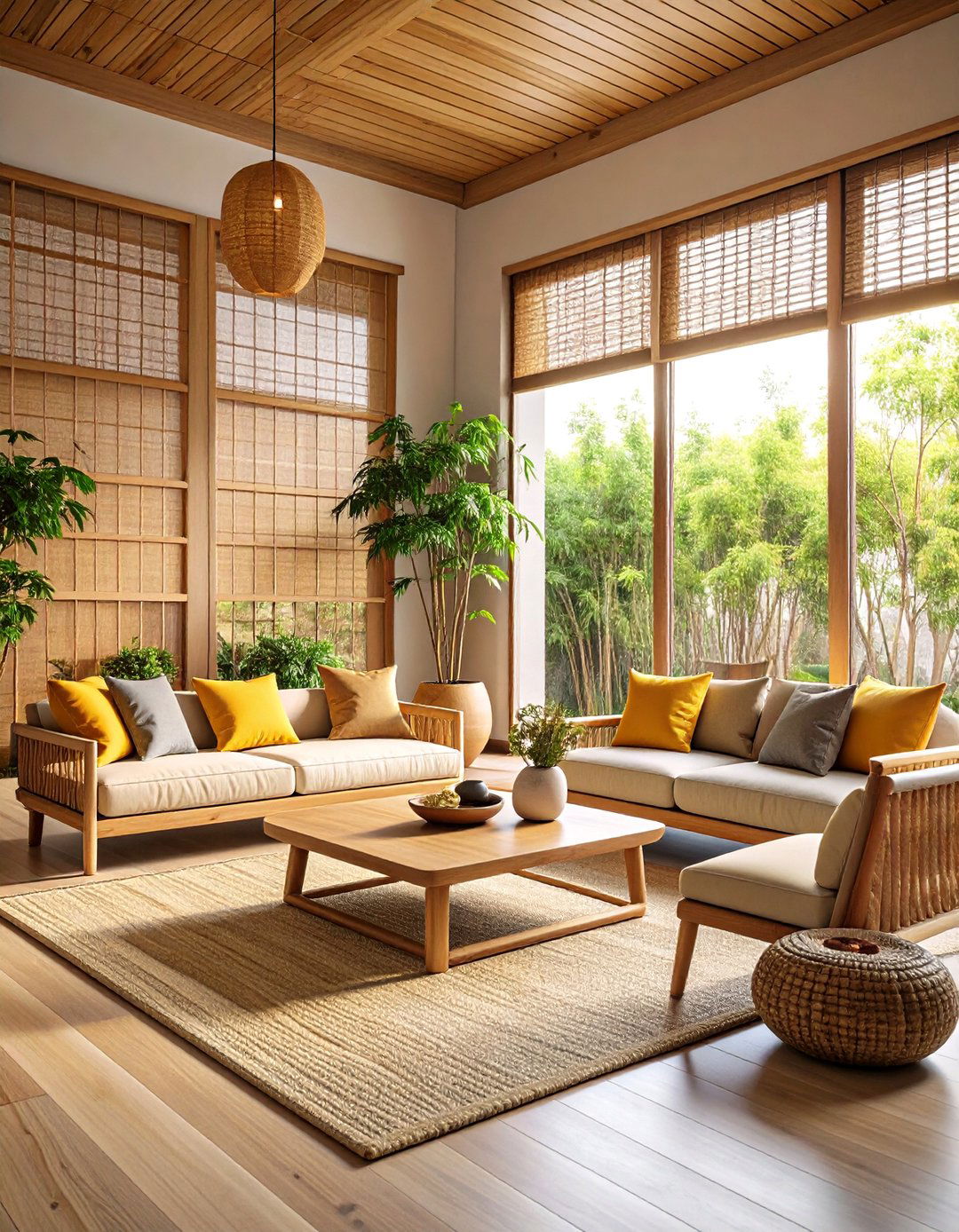
Bamboo brings sustainable elegance to Asian living rooms while connecting indoor spaces to natural outdoor environments through its organic texture and renewable properties. This versatile material can be incorporated through flooring, furniture, window blinds, room dividers, and decorative accents to create cohesive design themes. Bamboo's natural golden tones complement neutral color palettes while adding warmth and textural interest to minimalist spaces. Consider bamboo furniture pieces like coffee tables, shelving units, or accent chairs that showcase the material's natural grain patterns. Bamboo blinds not only provide privacy but also allow natural light to filter through, creating serene and tranquil environments. The rapid growth and sustainability of bamboo align with modern environmental consciousness while honoring traditional Asian design principles. Mix bamboo with other natural materials like stone and wood to create layered textures that enhance the organic feel of your living space.
8. Neutral Color Palette Asian Living Room
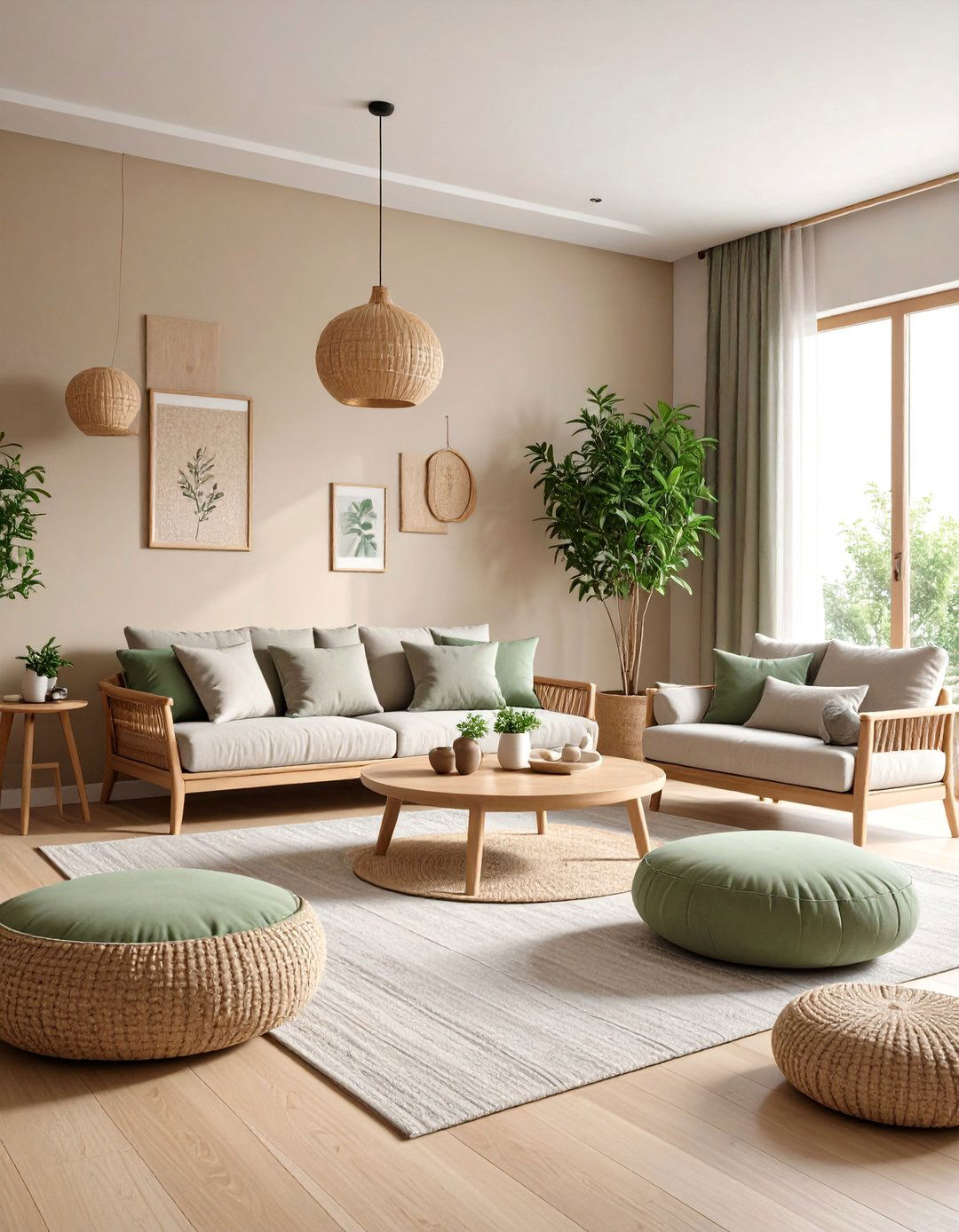
Soft, neutral colors such as beige, white, gray, and muted greens create the foundation for calming Asian living room design while fostering soothing and harmonious environments. Japanese homes traditionally favor natural colors derived from wooden elements and plant materials, creating spaces that feel connected to nature. These understated color schemes allow architectural details and natural materials to take center stage without visual competition. Earthy tones like beige and muted greens calm the senses while soft shades enhance tranquility throughout the space. Layer different shades of the same color family to create depth and interest without disrupting the serene atmosphere. Consider warm whites for walls, soft grays for textiles, and natural wood tones for furniture to establish a cohesive palette. Add subtle color variations through natural materials like stone, bamboo, and plants rather than bold painted accents that might overwhelm the peaceful environment.
9. Indoor Plant Integration Living Room
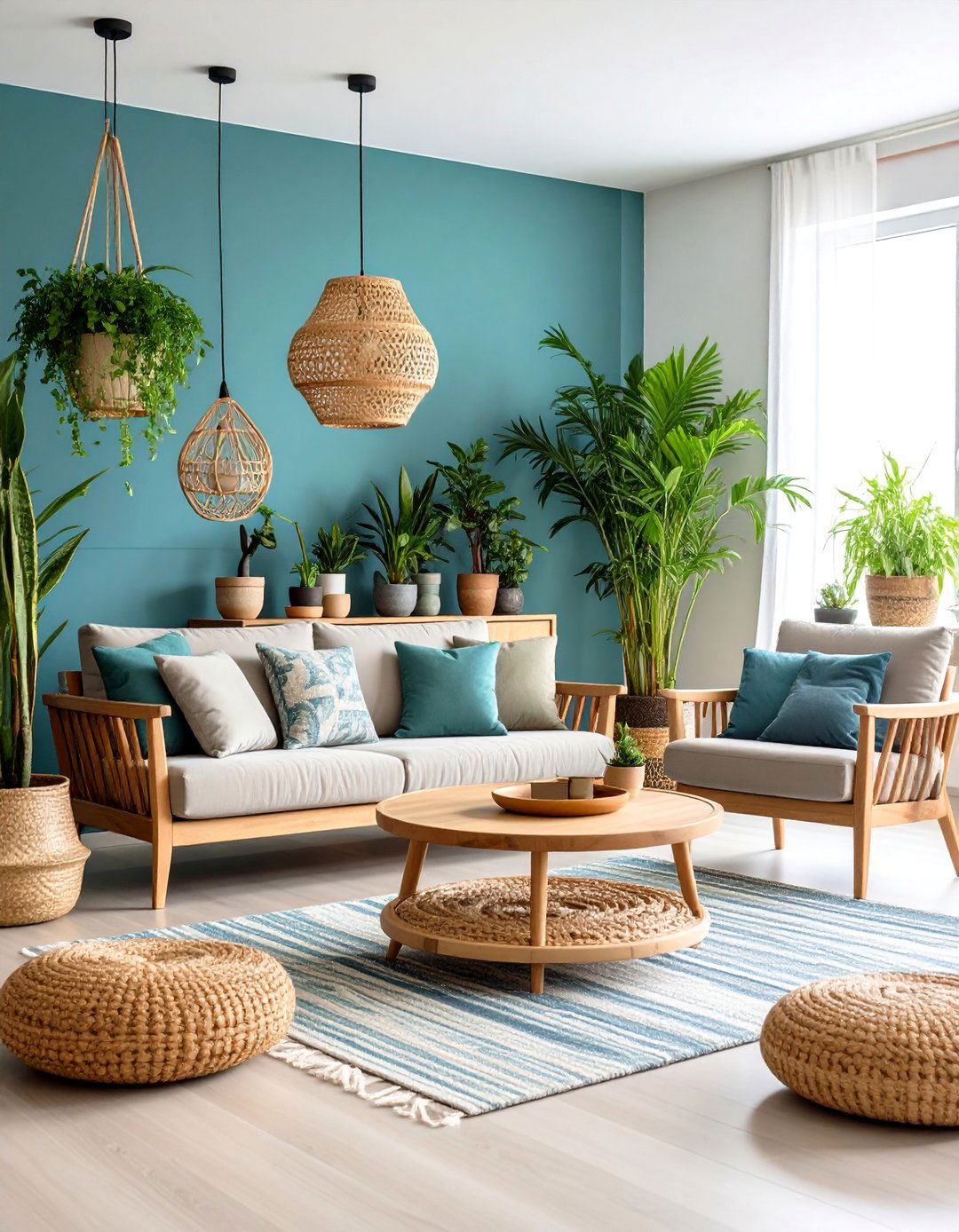
Plants serve as essential elements in Asian living room design, bringing life, freshness, and improved air quality while creating tranquil and serene atmospheres. Popular species for zen atmospheres include bonsai trees, bamboo, snake grass, and dracaena plants, which provide calming effects without overpowering the space. Indoor plants and bonsai trees symbolize life and growth while adding serene beauty to living spaces, particularly when incorporating low-light varieties like ferns and moss. Create layered plant arrangements at different heights using floor planters, elevated stands, and hanging options to establish visual depth. Choose plants with architectural forms that complement clean-lined furniture while requiring minimal maintenance to preserve the zen principle of simplicity. Natural life and energy from plants improve the overall energy of living spaces while supporting the connection to nature fundamental to Asian design. Group plants in odd numbers following feng shui principles to create balanced, harmonious arrangements.
10. Water Feature Asian Living Room Elements
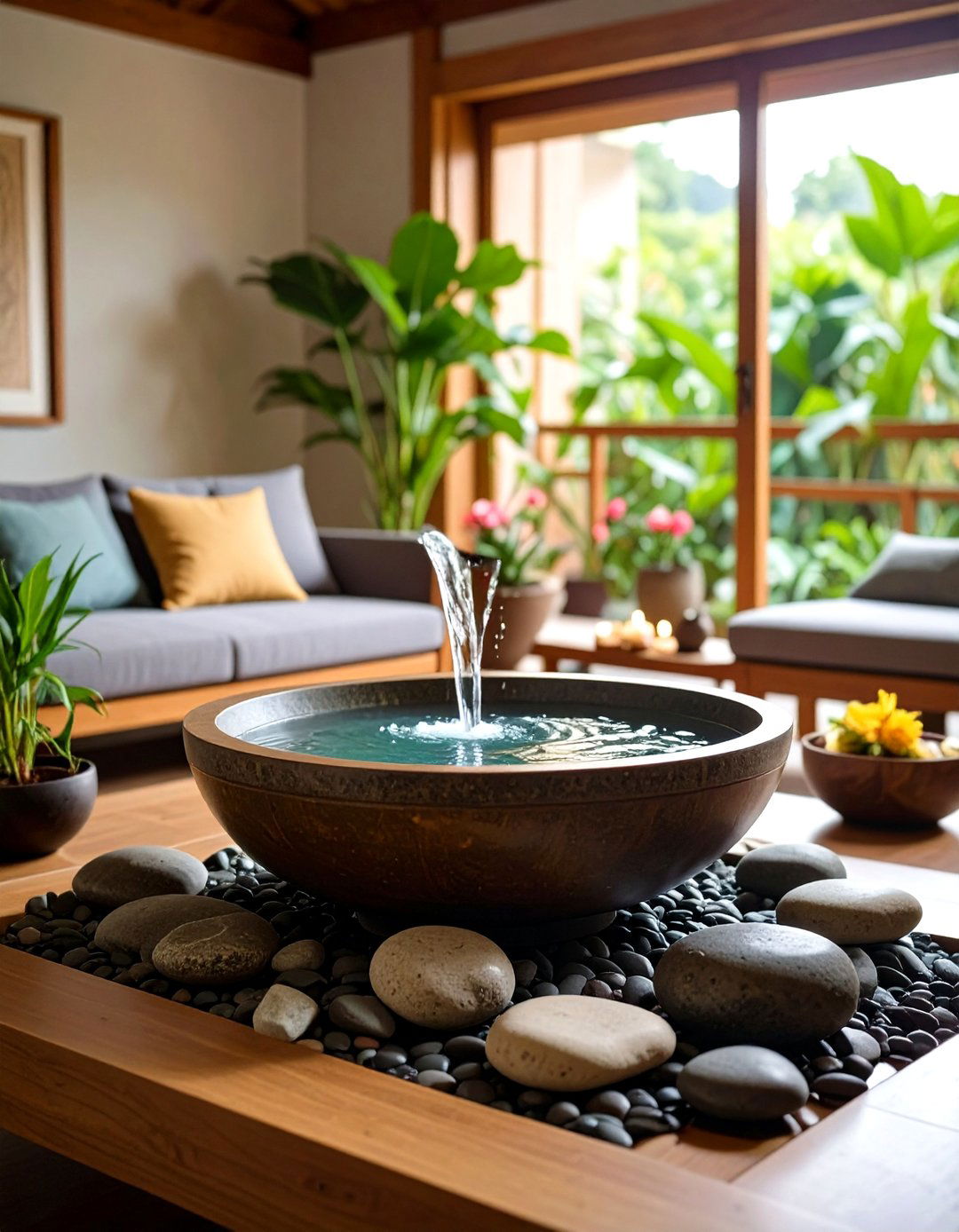
Water features like small fountains, ponds, or tabletop water elements enhance the serene atmosphere of Asian living rooms while providing soothing sounds and visual interest. Even simple arrangements like ceramic bowls filled with stones and water can add natural accents that transform the feel of entire rooms. The gentle sound of flowing water masks outside noise while creating a meditative environment perfect for relaxation and contemplation. In feng shui, water represents flow and abundance, making it an important element for positive energy circulation. Choose water features that complement your room's scale—small tabletop fountains for intimate spaces, or larger floor installations for expansive areas. Creating indoor rock gardens with water elements combines multiple natural components to establish strong connections to outdoor environments. Ensure proper placement according to feng shui principles, typically in the north area of the room to support career and life path energy.
11. Minimalist Furniture Asian Living Room Layout
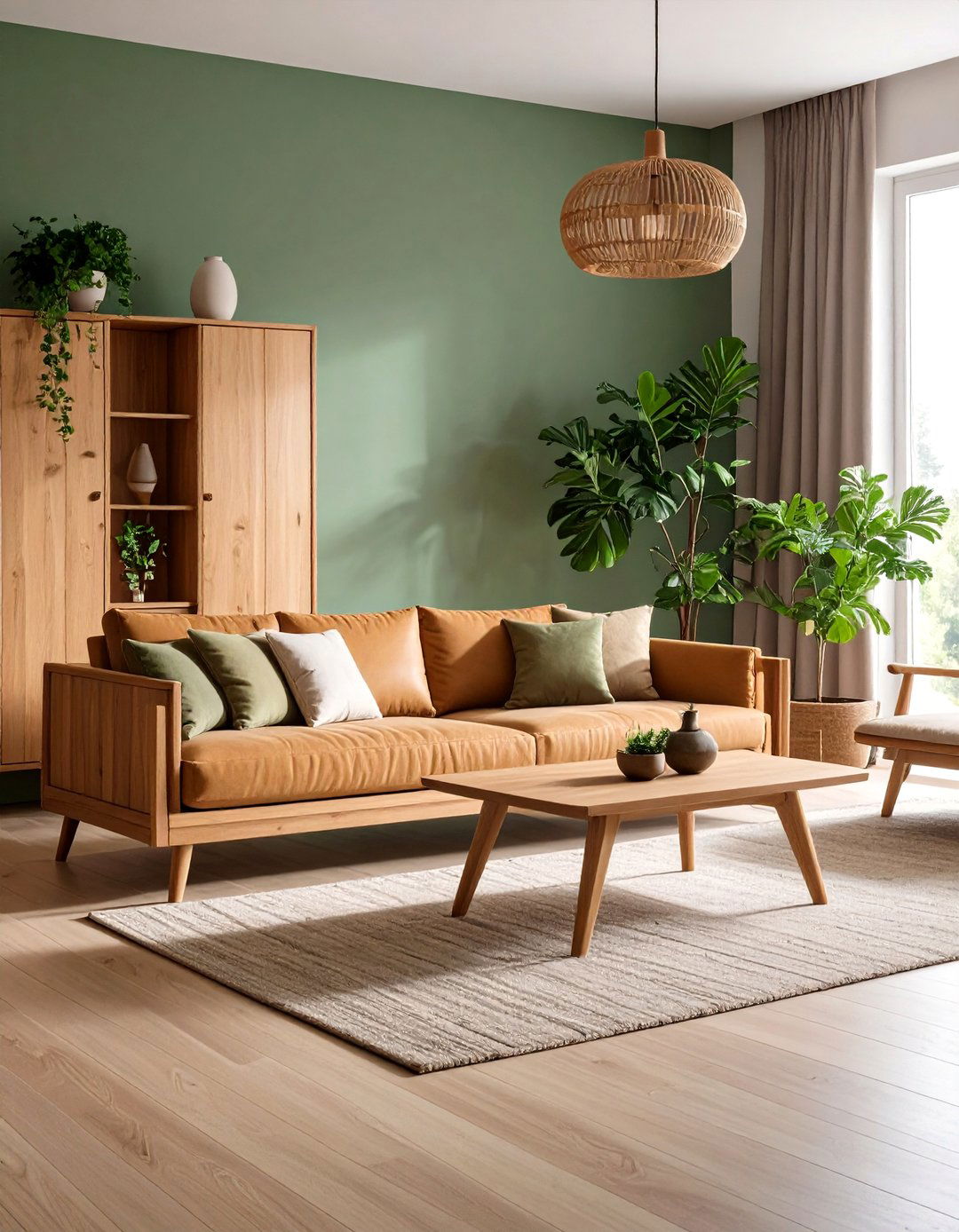
Simple, uncluttered furniture lines eliminate intricate details and excessive ornamentation while creating visual tranquility essential to Asian living room design. Focus on carefully selecting fewer pieces that serve clear functions rather than filling spaces with unnecessary furniture that disrupts the minimalist aesthetic. Choose streamlined pieces made from natural materials featuring clean lines and smooth surfaces to promote calm and tranquility throughout the space. Quality trumps quantity in Asian-inspired furniture selection—invest in well-crafted pieces that will age beautifully and maintain their simplicity over time. Most furniture should be low, modern, and laconic, with floor cushions providing additional flexible seating options. Arrange furniture to create clear pathways and open spaces that allow energy to flow freely while maintaining intimate conversation areas. Storage solutions should be integrated seamlessly into furniture design to maintain clutter-free surfaces that support the zen principle of simplicity.
12. Natural Light Maximization Living Room
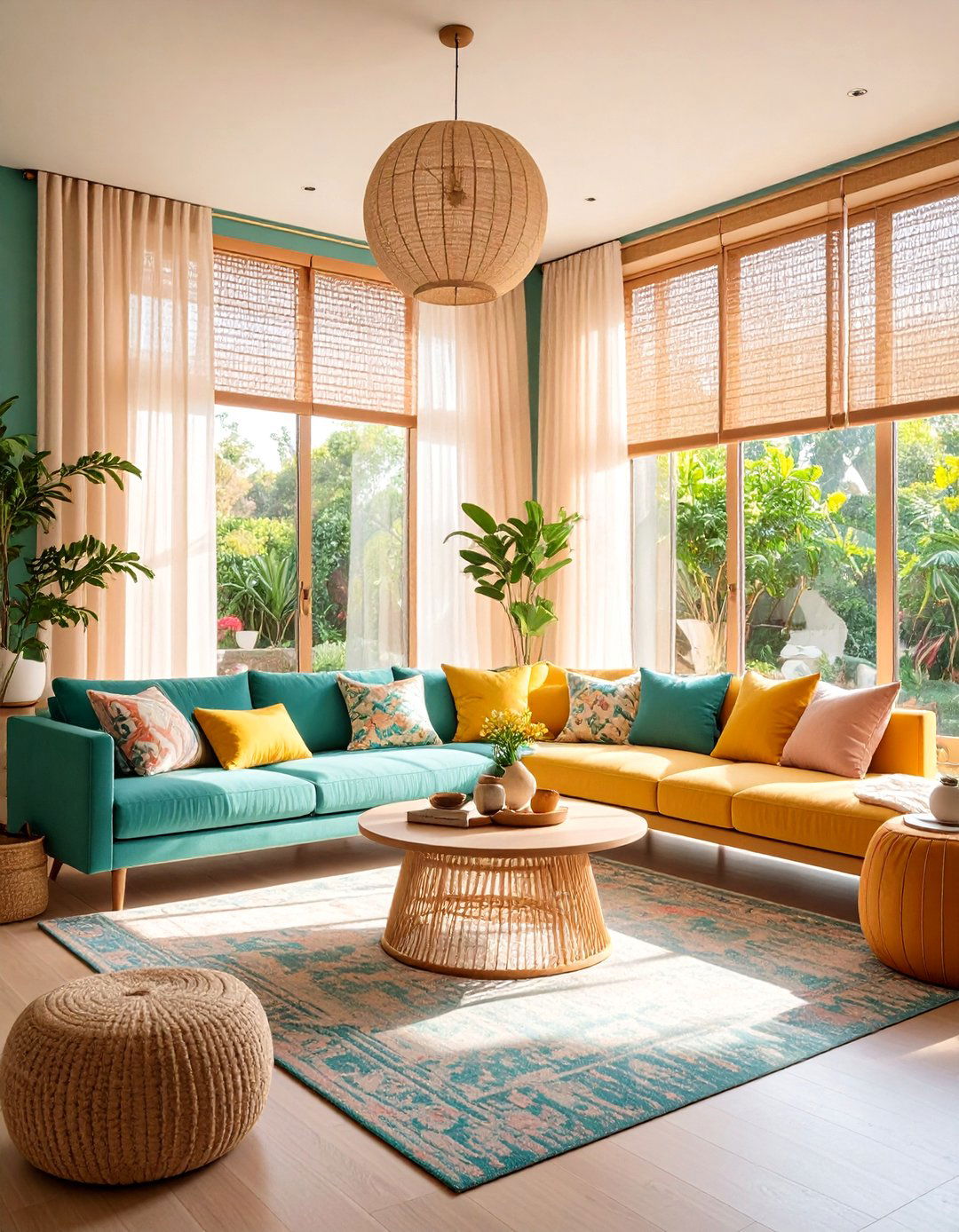
Large windows and minimal window treatments allow natural light to flood Asian living rooms, creating bright and airy atmospheres that connect indoor and outdoor environments. Natural light maximization creates a sense of openness and connection to the outdoors while promoting well-being through exposure to natural daylight cycles. Asian zen interiors celebrate natural sunlight over artificial lighting, using large windows and open floor plans to create bright, welcoming spaces. Choose sheer curtains or bamboo blinds that filter light gently while maintaining privacy when needed. Shoji screens allow daylight to flood rooms while keeping the light soft and diffused rather than harsh and direct. Position mirrors strategically to reflect natural light deeper into the room while creating the illusion of larger, more open spaces. During evening hours, supplement natural light with warm, soft artificial lighting that mimics the gentle quality of daylight to maintain the serene atmosphere throughout all hours.
13. Meditation Corner Living Room Design
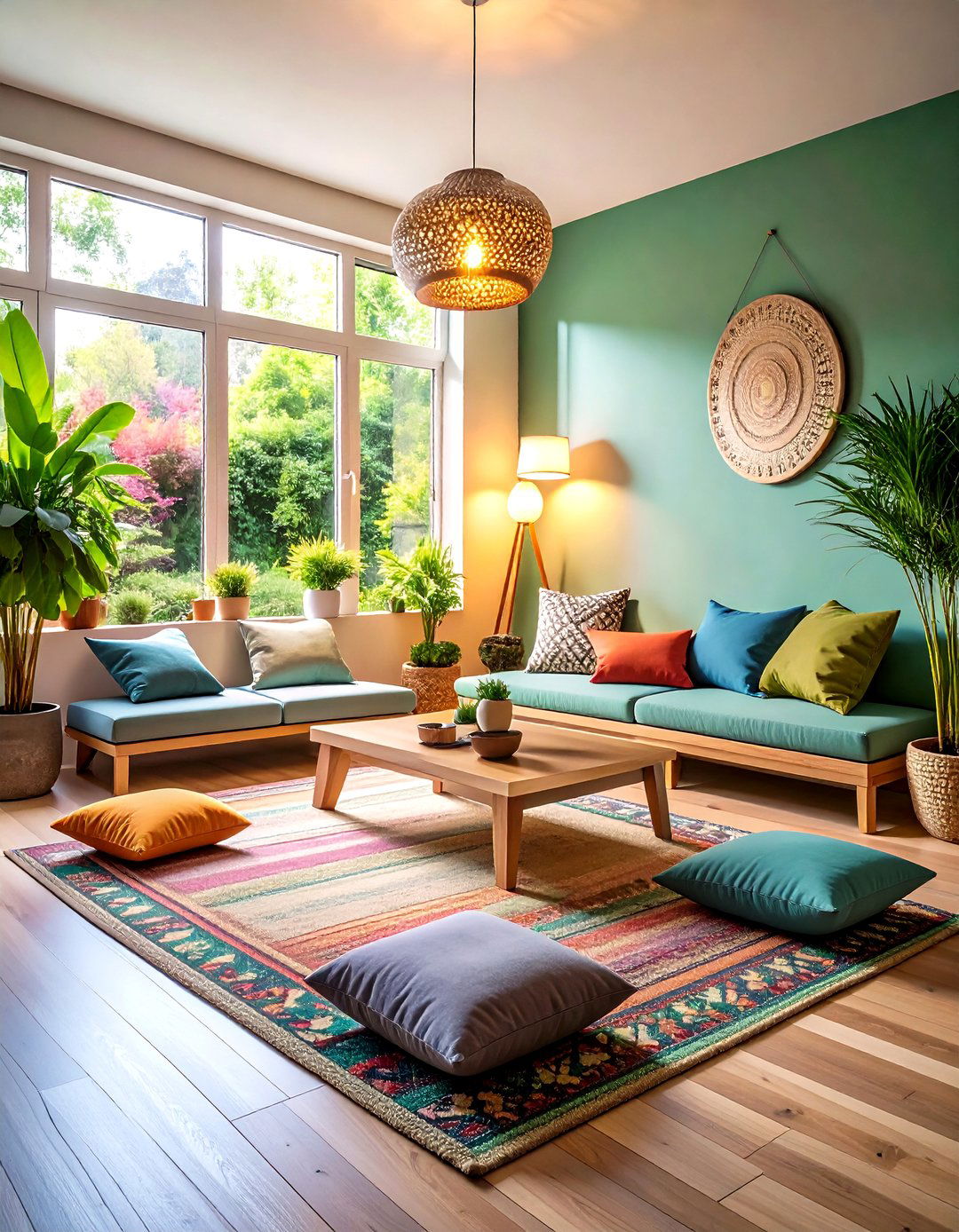
Thoughtfully designed meditation corners encourage mindfulness and reflection while providing dedicated spaces for personal retreat within the living room environment. Create quiet spaces with minimal distractions using simple cushions, natural materials, and subtle lighting to foster contemplative atmospheres. Choose a quiet corner with natural light and minimal foot traffic, then arrange comfortable floor cushions or a small meditation bench. Incorporate elements like small sand or gravel raking tables to practice the famous zen habit of creating patterns for peace and clarity. Keep decoration minimal—perhaps a small plant, simple artwork, or a water feature to enhance the meditative quality. Select art and decor that reflect zen principles, such as abstract pieces, calligraphy, or nature-inspired prints with simple, clean lines. Ensure the meditation area feels integrated with the larger living space while maintaining its function as a peaceful retreat for daily mindfulness practices.
14. Curved Furniture Asian Living Room Harmony
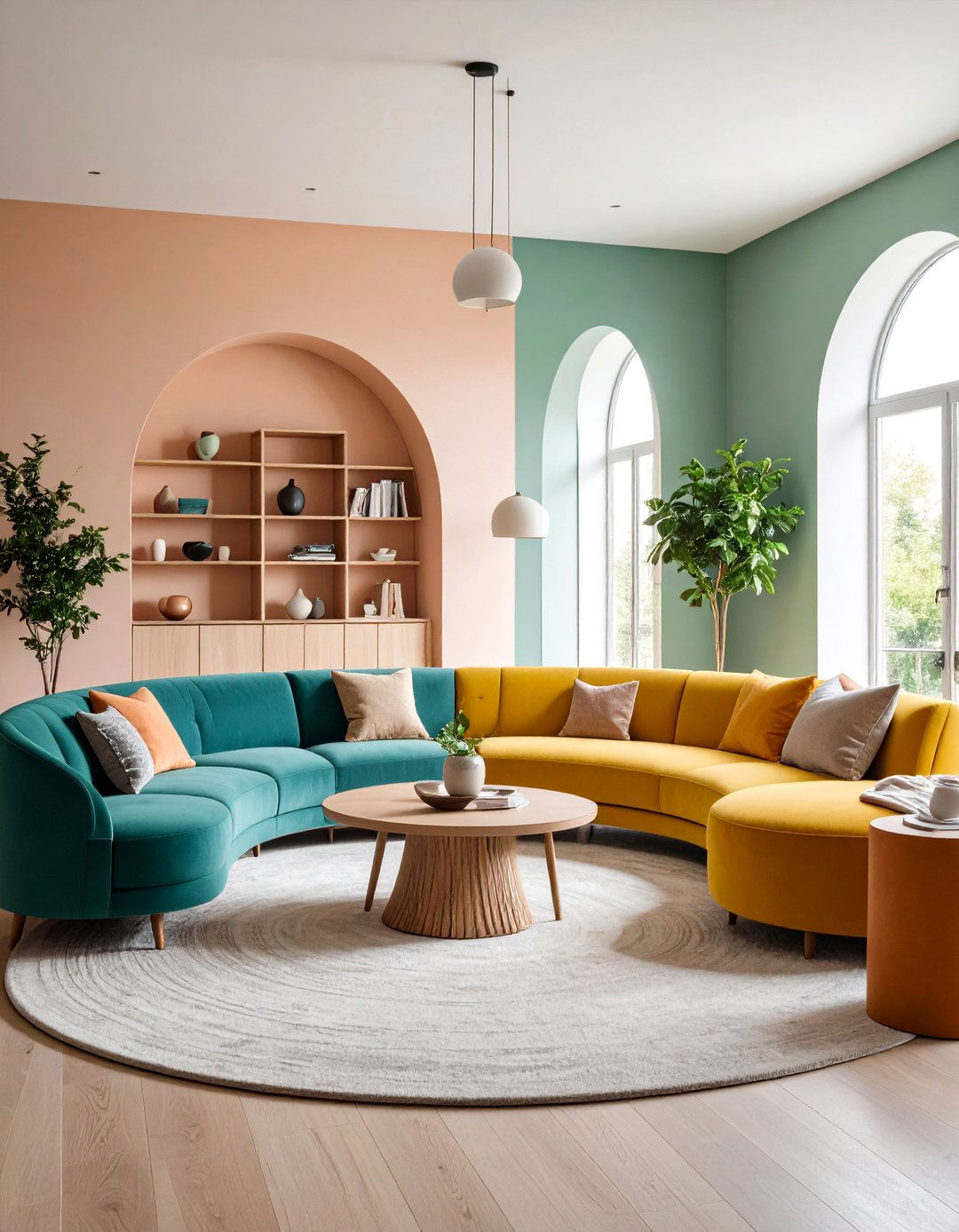
Curved furniture elements like round coffee tables and organic seating shapes align with Asian design principles while countering sharp angles that can create harsh energy. Curved sofas and rounded furniture create cozy, intimate feelings while supporting the growing trend toward organic shapes and earthy colors. Rounded furniture symbolizes harmony in feng shui philosophy, representing the natural flow of energy and promoting peaceful atmospheres. Choose coffee tables, side tables, and seating with gentle curves that soften the overall room aesthetic while maintaining functionality. Soft lines and curved silhouettes invite relaxation while contrasting beautifully with structured architectural elements to add dimension and visual interest. Curved elements can include arched doorways, rounded plant containers, or furniture with flowing lines that echo natural forms. The absence of sharp edges also creates safer environments for families with children while supporting the zen principle of gentle, flowing energy throughout the living space.
15. Tea Ceremony Living Room Area
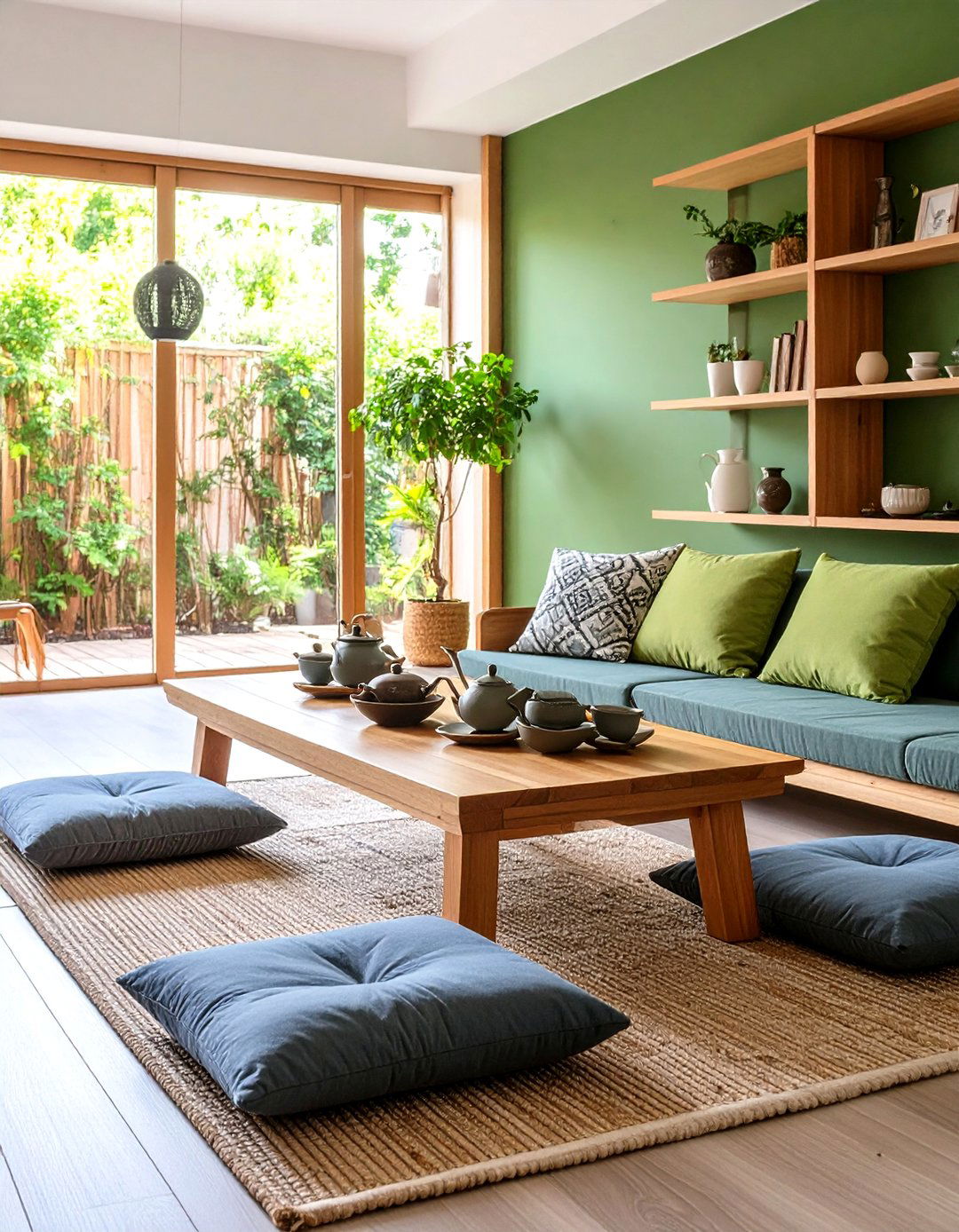
Traditional tea ceremony areas feature low wooden tables surrounded by floor cushions, creating intimate spaces for cultural practice and peaceful gathering. The kotatsu, a traditional Japanese heated table, can serve multiple functions from tea service to studying, embodying the efficient use of space fundamental to Asian design. Create a dedicated tea area with a low table, comfortable floor seating, and storage for tea implements and serving pieces. Tea ceremony zones with rough wood tables and floor cushions provide authentic cultural experiences while serving as functional living spaces. Choose handcrafted ceramic pieces and natural materials that enhance the ritualistic aspects of tea preparation and service. This area can transform from tea service to casual dining or work space, demonstrating the flexible functionality essential to Asian living room design. Display traditional tea implements and serving pieces in designated alcoves or simple shelving to maintain the cultural significance while keeping the space organized.
16. Textured Wall Asian Living Room Accents
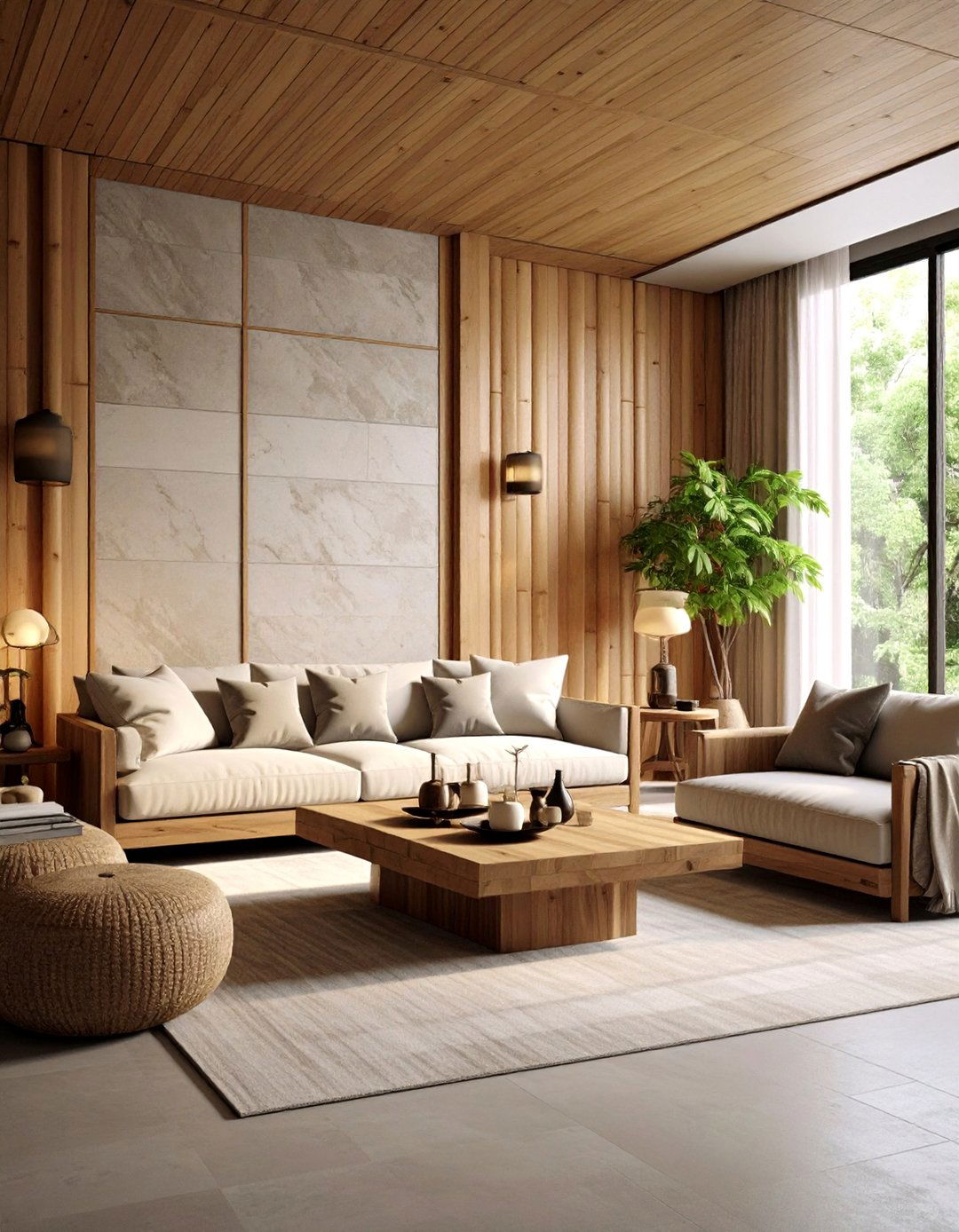
Textured walls add visual interest and tactile appeal to Asian living rooms while maintaining the natural material focus essential to authentic design. Natural materials like stone, bamboo, or wood create feature walls that serve as focal points without overwhelming the minimalist aesthetic. Consider techniques like venetian plaster, natural stone cladding, or bamboo panel installations that add depth while honoring organic material preferences. Wall molding and architectural details gain popularity as methods to add visual interest without cluttering the space. Textured walls can incorporate earth tones that complement furniture and decor while creating subtle visual variations that prevent spaces from feeling flat. Earth tones in wall treatments create stability and grounding energy while serving as neutral backdrops for furniture and decorative elements. Balance textured walls with smooth surfaces on furniture and floors to prevent visual overwhelm while maintaining the serene atmosphere central to Asian living room design.
17. Flexible Furniture Asian Living Room Arrangement
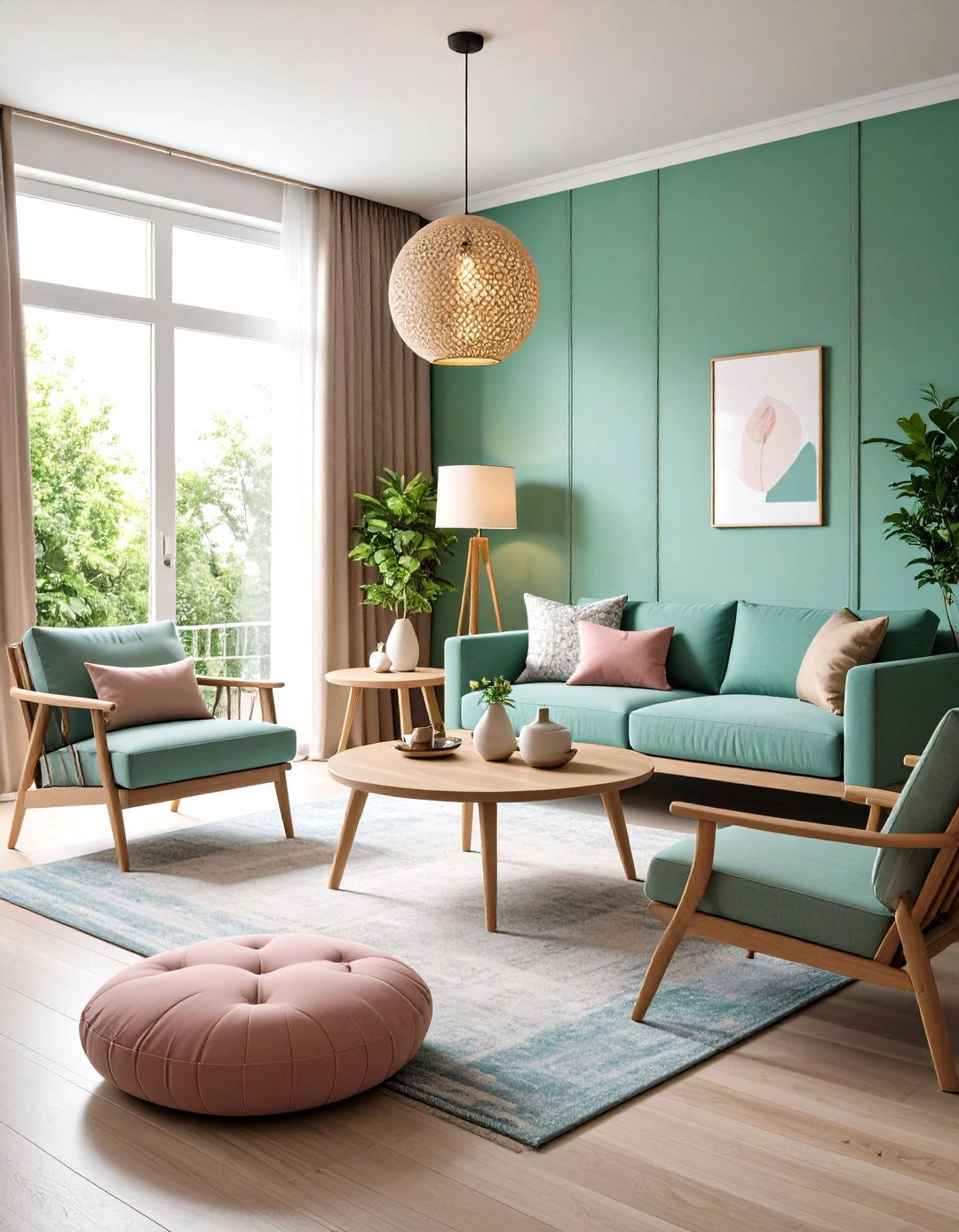
Flexible, movable furniture allows Asian living rooms to adapt to changing needs while supporting the cultural preference for multifunctional spaces. Traditional Korean ondol rooms transform from living spaces to dining areas to bedrooms through flexible furniture arrangements that maximize space efficiency. Lighter accent chairs, end tables, and cordless lamps can be effortlessly rearranged to meet changing needs throughout the day. Choose furniture with hidden storage, nesting capabilities, or folding mechanisms that maintain clean lines while providing practical functionality. Clusters of nesting tables replace monolithic coffee tables, offering flexibility for entertaining and daily use. Floor cushions and lightweight seating can be easily moved and stored when not needed, maintaining the uncluttered aesthetic essential to Asian design. This adaptability reflects the Asian principle of living harmoniously with changing circumstances while maintaining peaceful, organized environments that support both solitude and social gathering.
18. Stone and Rock Element Living Room Features
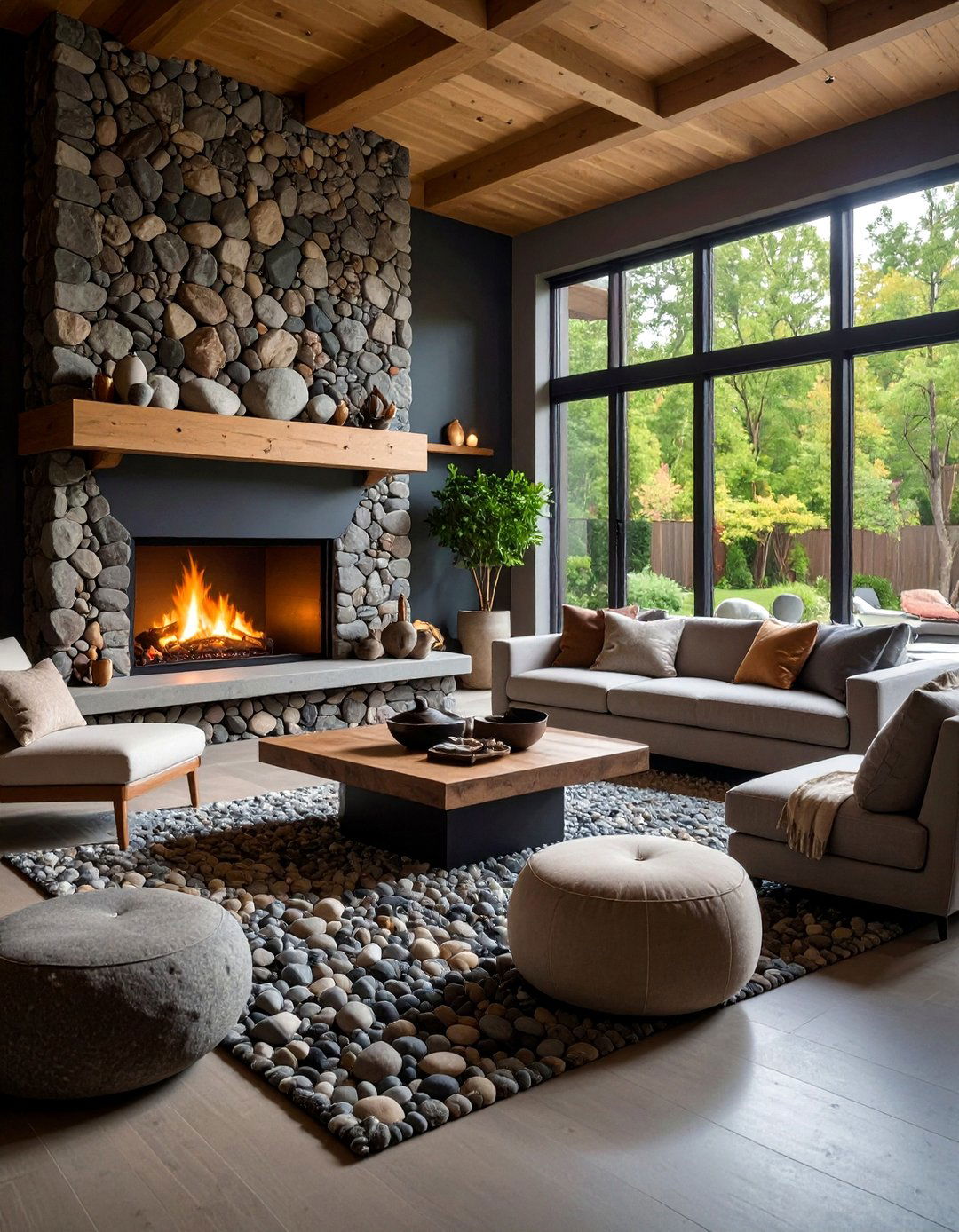
Stone and rock elements bring grounding presence to Asian living rooms while connecting indoor spaces to natural outdoor environments through their ancient, enduring qualities. Incorporate stone through feature walls, decorative pieces, or functional elements like fireplace surrounds to establish a strong foundation for the design. Rock gardens, stone arrangements, and pebble displays create connections to outdoor environments while supporting meditation and contemplation practices. Choose stones with interesting textures, colors, and shapes that complement your room's color palette while providing visual weight and stability. Simple arrangements like ceramic bowls filled with stones and water can add natural accents that transform the entire feel of the room. Stone elements can include sculptural pieces, zen gardens, or practical items like stone lamps or decorative bowls. Earth elements represented through stone create stability and grounding energy while supporting the connection to nature fundamental to Asian design principles.
19. Layered Lighting Asian Living Room Ambiance
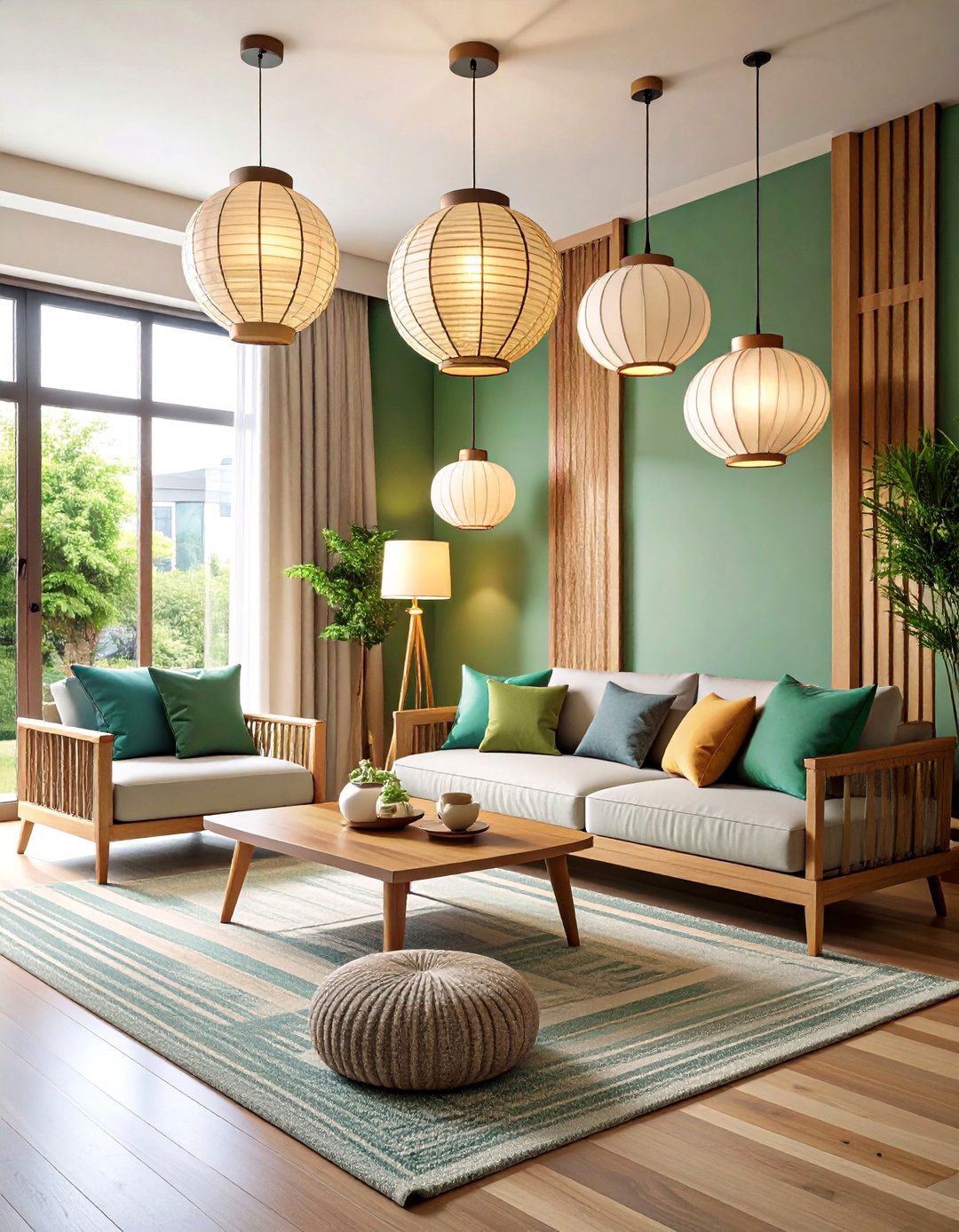
Layered lighting systems using multiple sources at varying heights create adaptable environments that shift moods throughout the day while maintaining gentle, warm illumination. Statement fixtures and architectural lighting in the form of sconces, chandeliers, and sculptural floor lamps replace purely functional lighting to create dimensional warmth. Asian zen interiors prefer smaller light sources like pendant lights and lanterns made from natural materials rather than bright overhead fluorescent lighting. Mixing vintage and modern lighting creates timeless appeal while allowing for unique interplay of texture, color, and light throughout the space. Use at least three sources of light that vary in height and placement to provide options for different activities and times of day. Paper lanterns, bamboo fixtures, and warm LED bulbs create the soft, diffused lighting that supports relaxation and meditation while maintaining the natural material focus essential to Asian living room design.
20. Indoor-Outdoor Connection Living Room Design
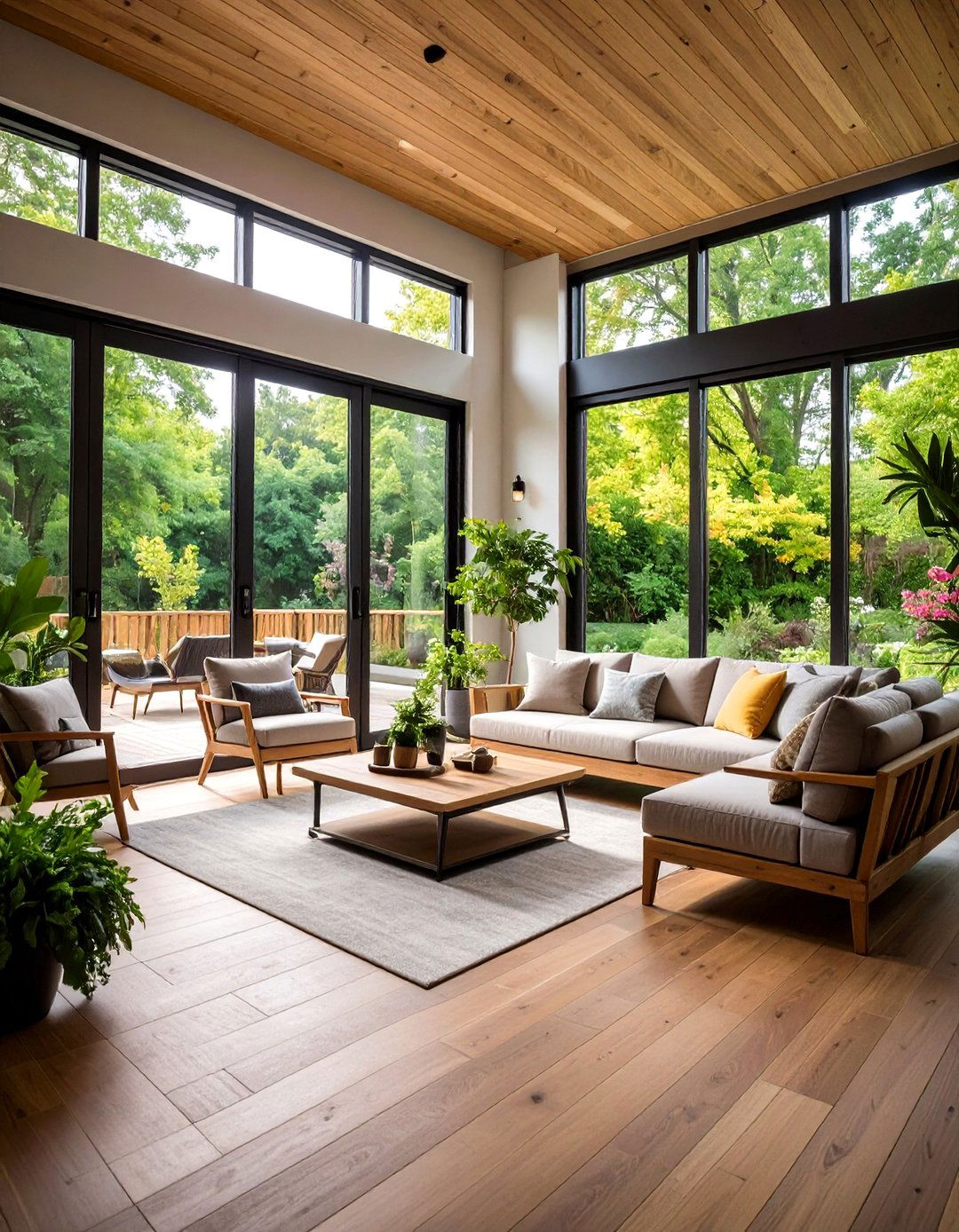
Asian living rooms emphasize seamless connections between indoor and outdoor environments through large windows, natural materials, and design elements that blur traditional boundaries. Biophilic design trends support this connection by integrating nature through greenery, organic materials, and outdoor views that promote well-being and tranquility. Elevated wooden decks extend living spaces seamlessly into outdoors, creating platforms for tea service, meditation, or simply enjoying natural views. Large windows and open floor plans allow natural environments to become part of the interior design while maintaining comfortable indoor climate control. Choose furniture and decor that can transition between indoor and outdoor use, such as weather-resistant natural materials and portable seating options. The connection to nature through design elements, materials, and views reinforces the fundamental Asian principle of living in harmony with the natural world. This integration creates living spaces that feel expansive and connected while maintaining the peaceful, grounded atmosphere essential to Asian living room design.
Conclusion:
Asian living room design offers a transformative approach to modern home living, combining ancient wisdom with contemporary functionality to create spaces that truly nurture well-being. These twenty design ideas demonstrate how traditional elements like tatami mats, feng shui principles, and ondol heating systems can be adapted for today's lifestyles while maintaining their cultural significance and practical benefits. The shift toward maximalism balanced with organic shapes, natural materials, and comfort-driven design perfectly aligns with Asian aesthetic principles that have promoted harmony and tranquility for centuries. Whether you choose to incorporate a single element like bamboo accents or embrace a complete transformation with floor seating and meditation corners, these design concepts provide pathways to creating living spaces that serve as peaceful retreats from busy modern life. The enduring appeal of Asian living room design lies in its ability to create environments that support both physical comfort and emotional well-being, offering timeless solutions for contemporary living challenges while honoring rich cultural traditions that continue to inspire home design worldwide.


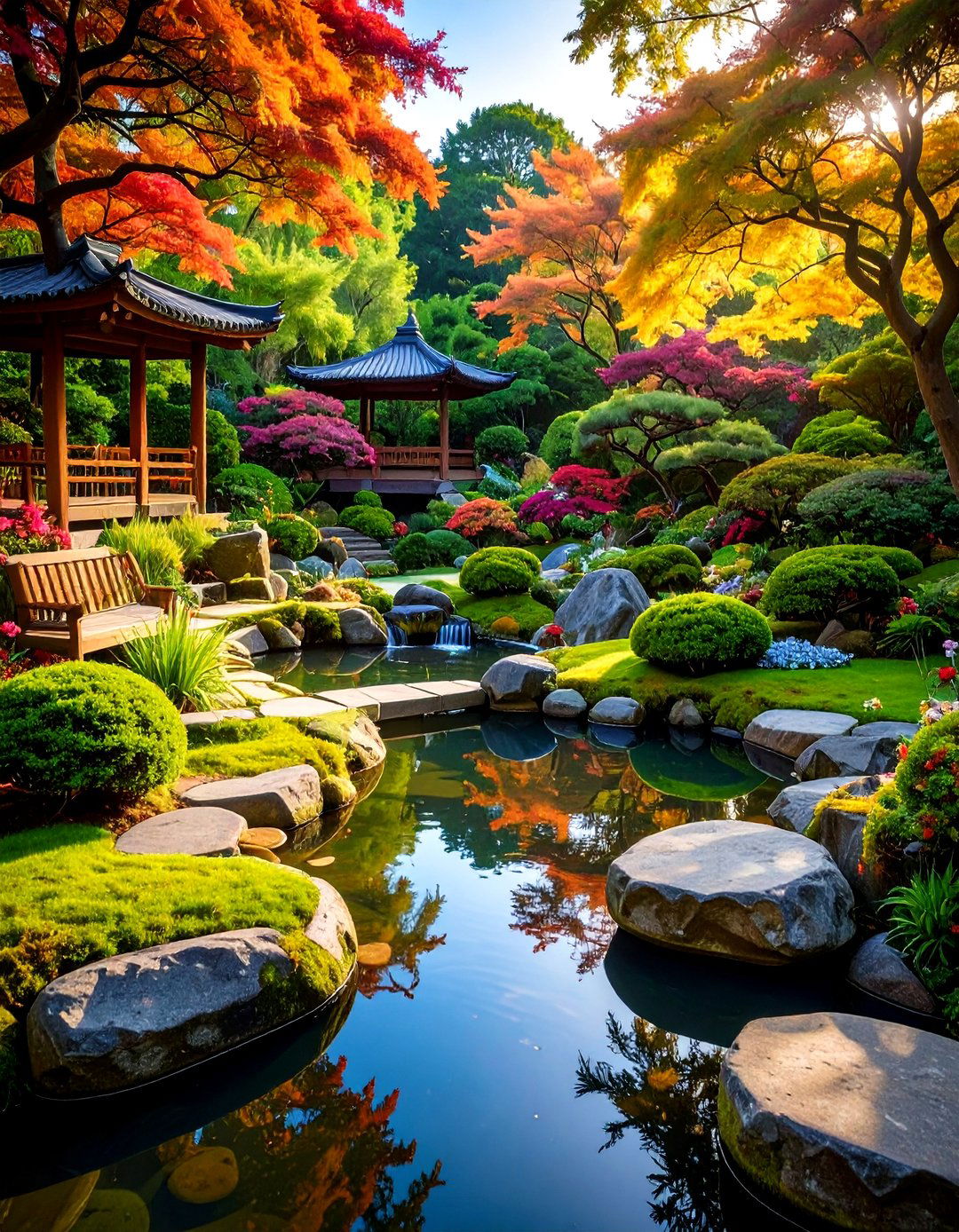
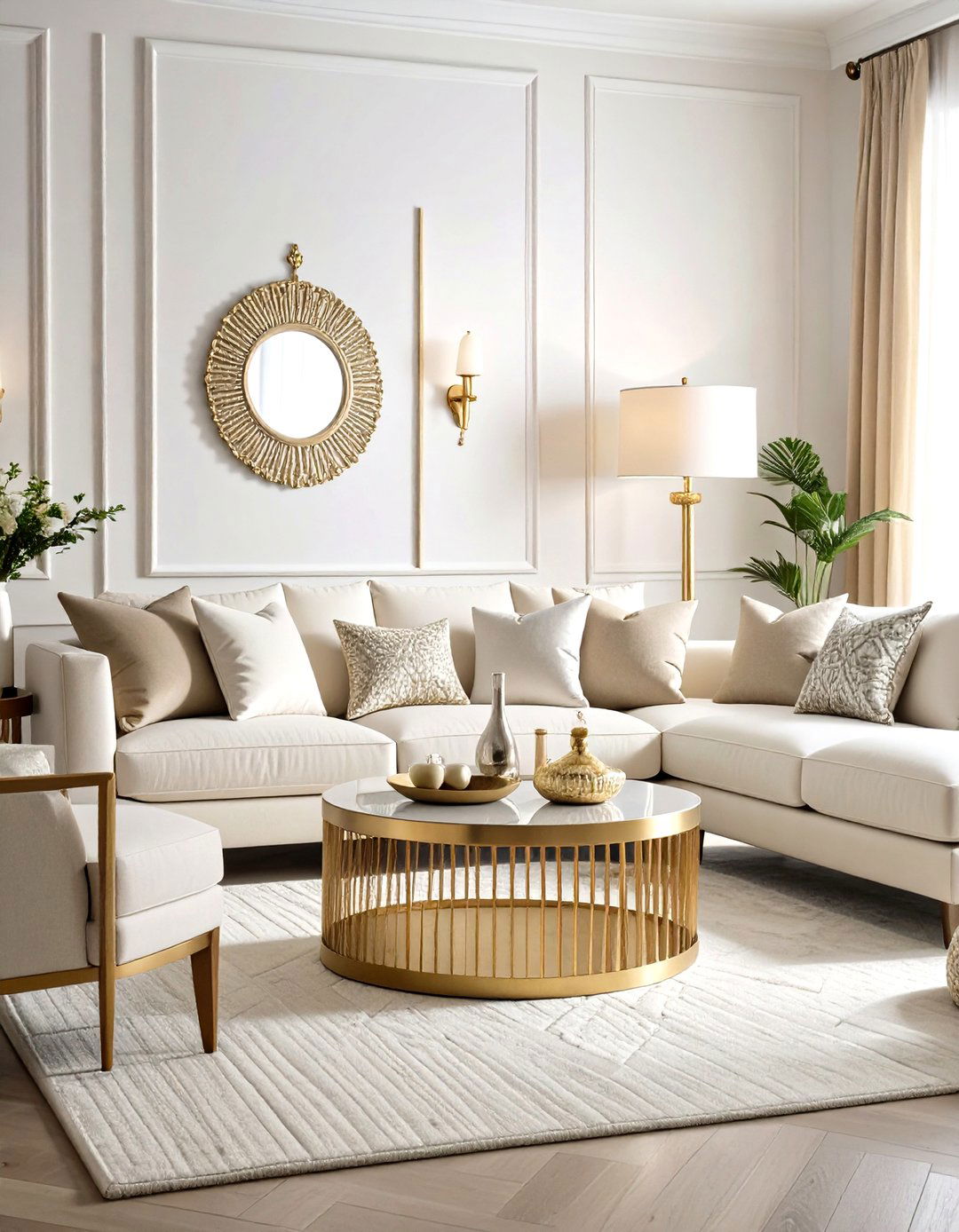
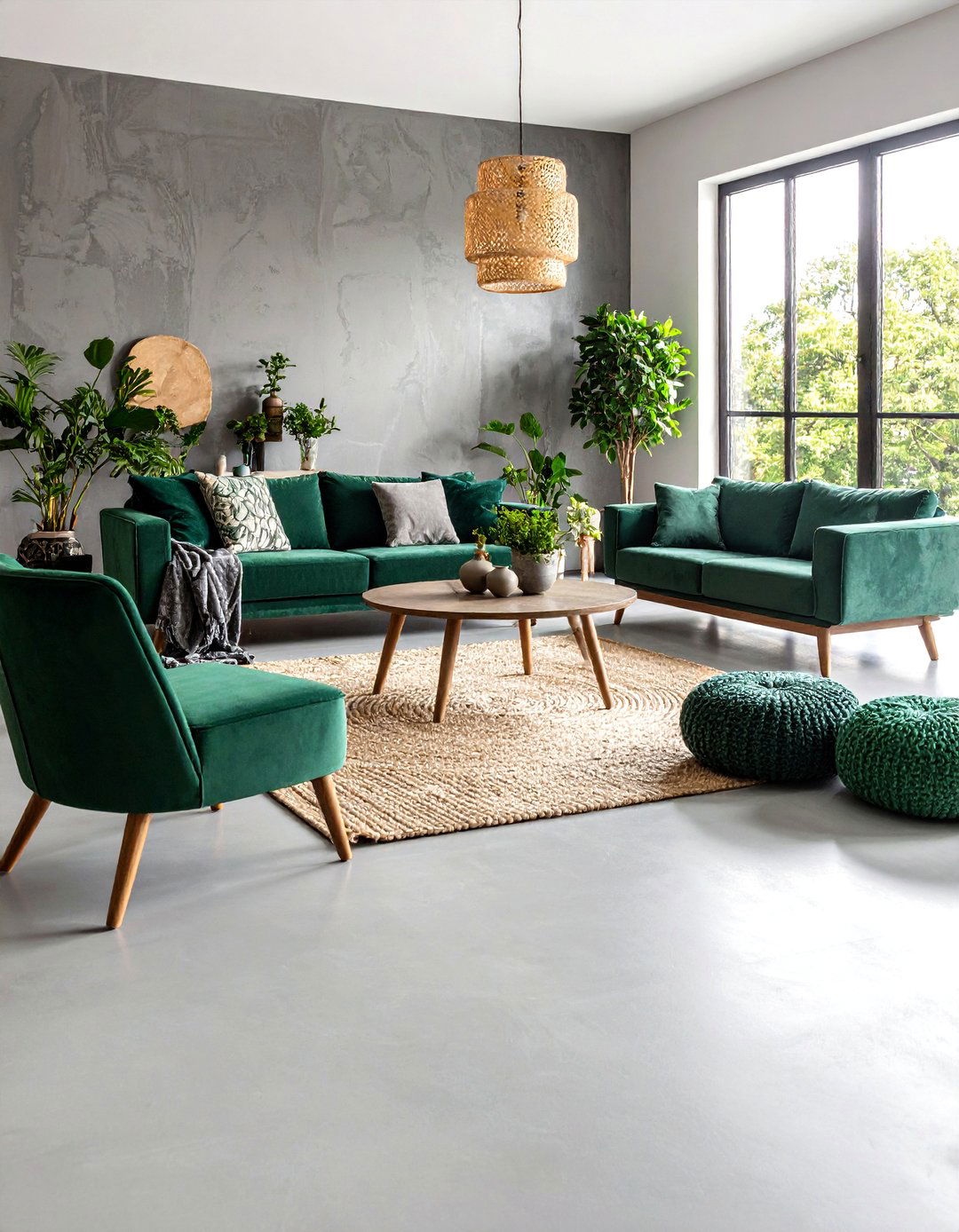
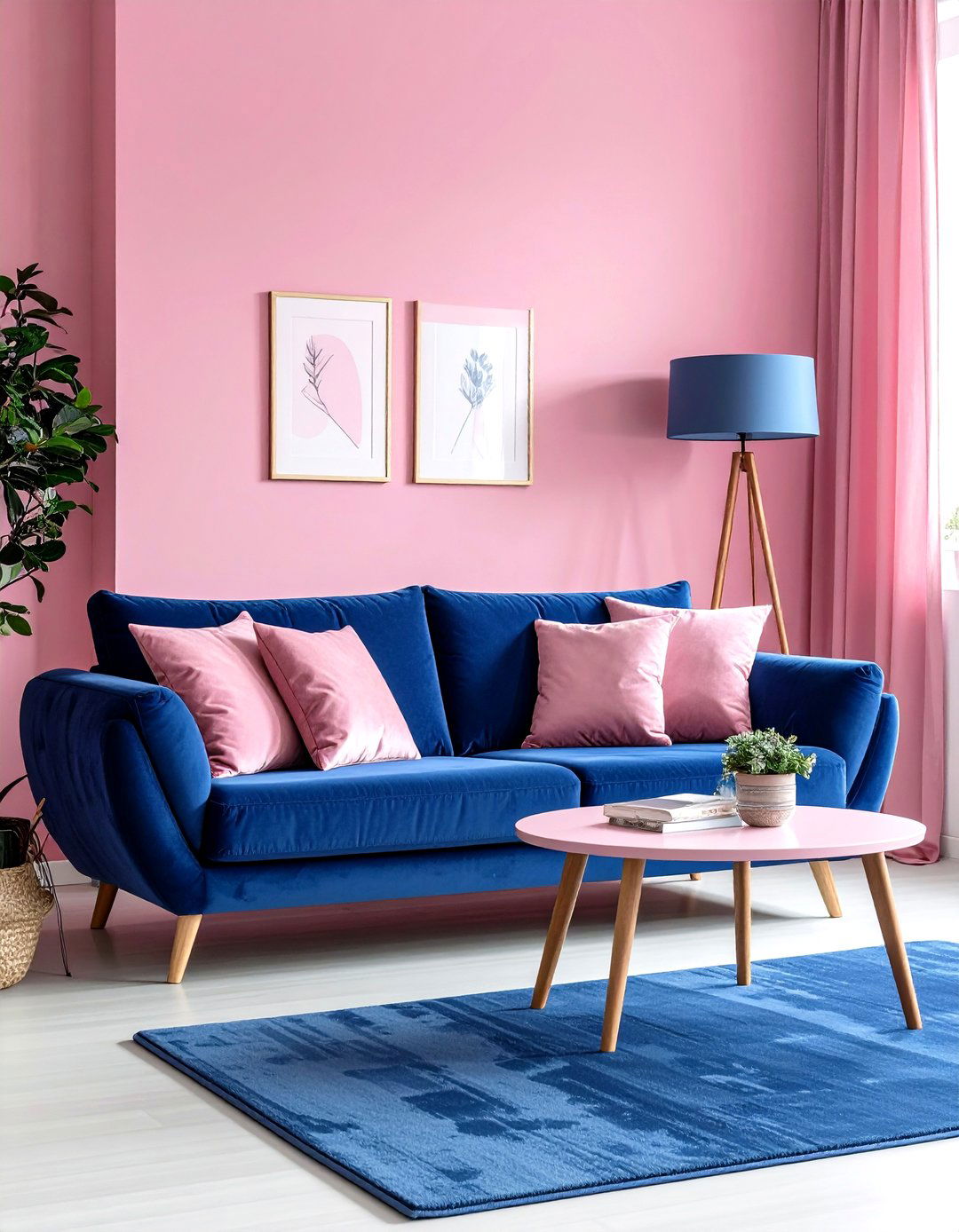
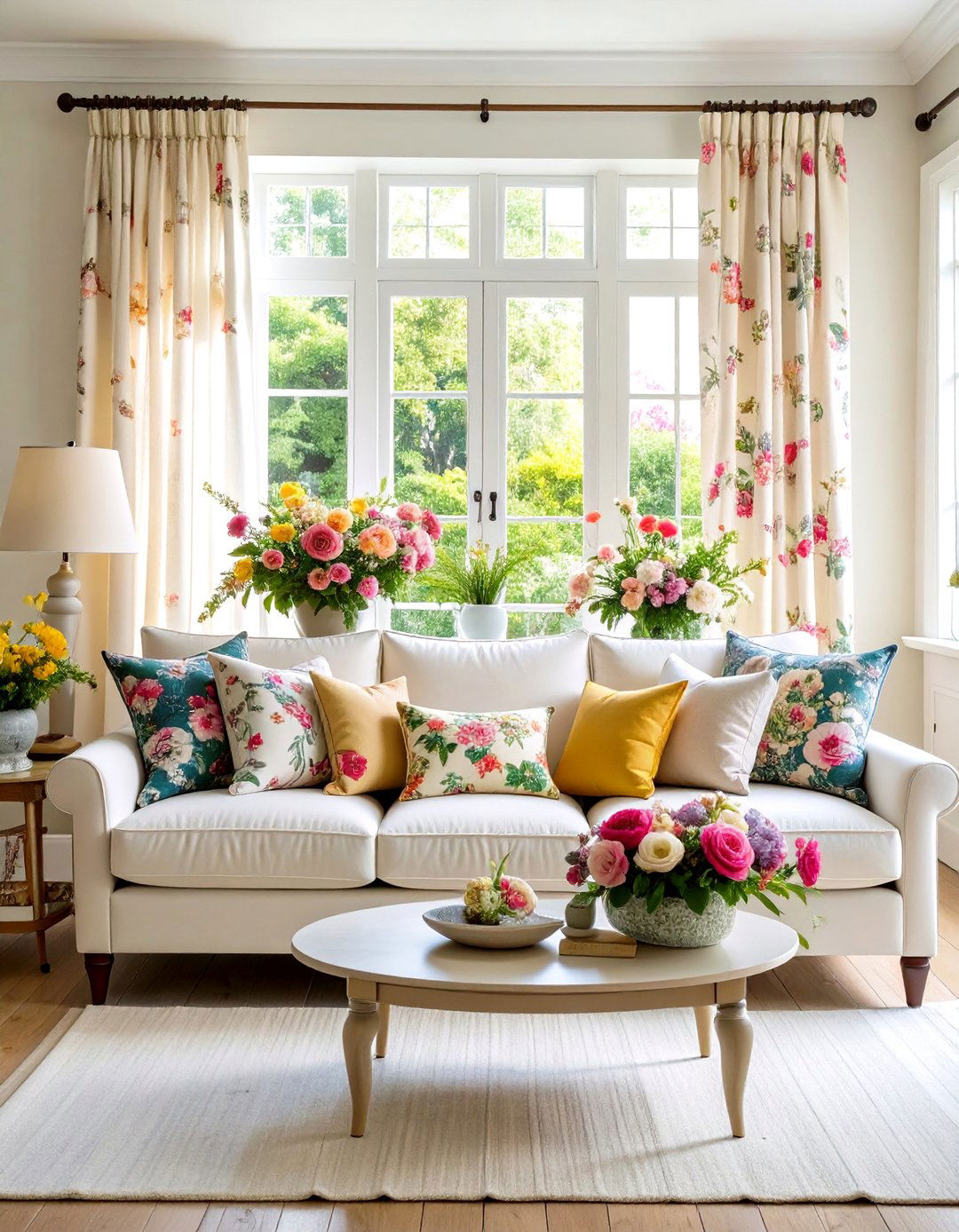
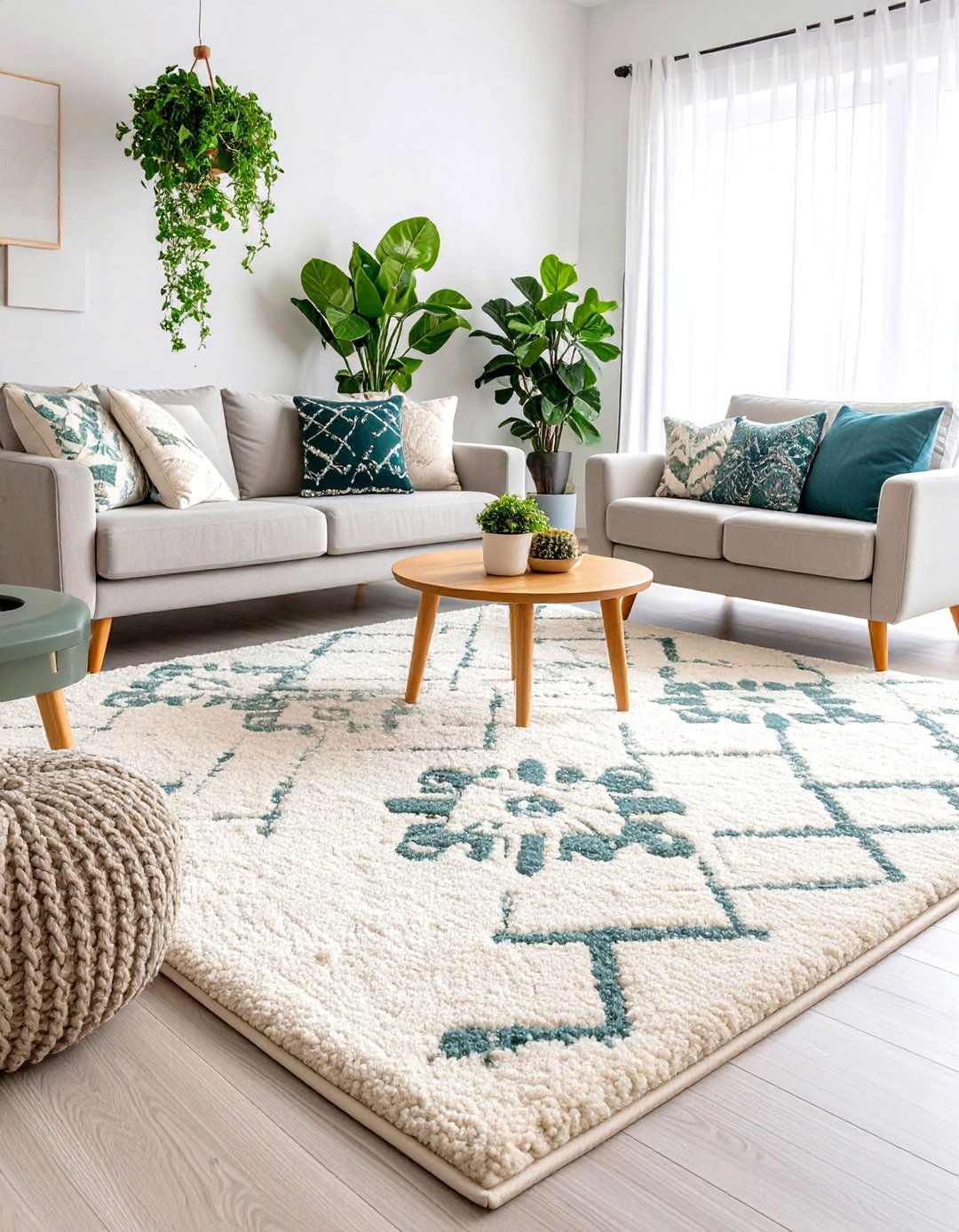
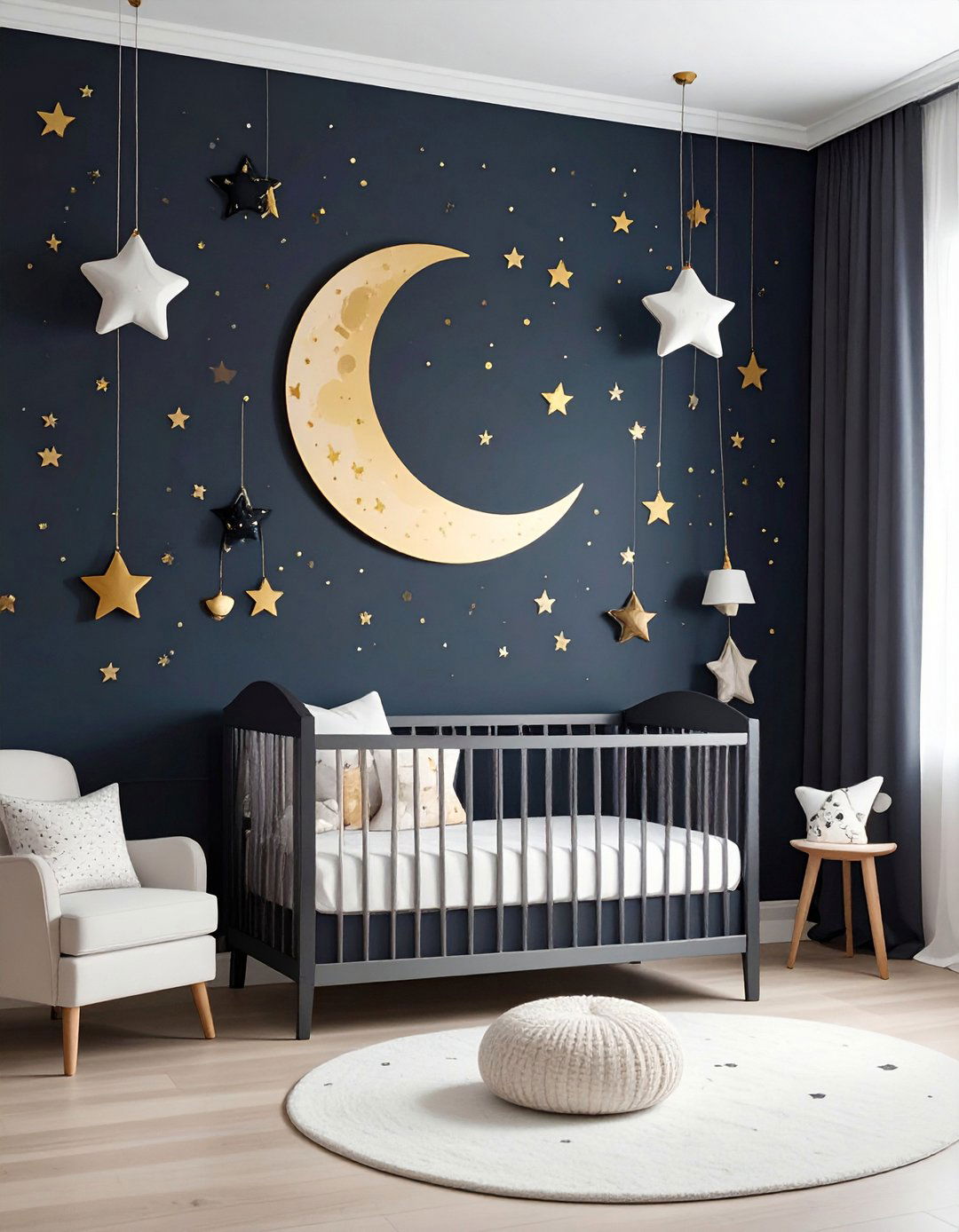
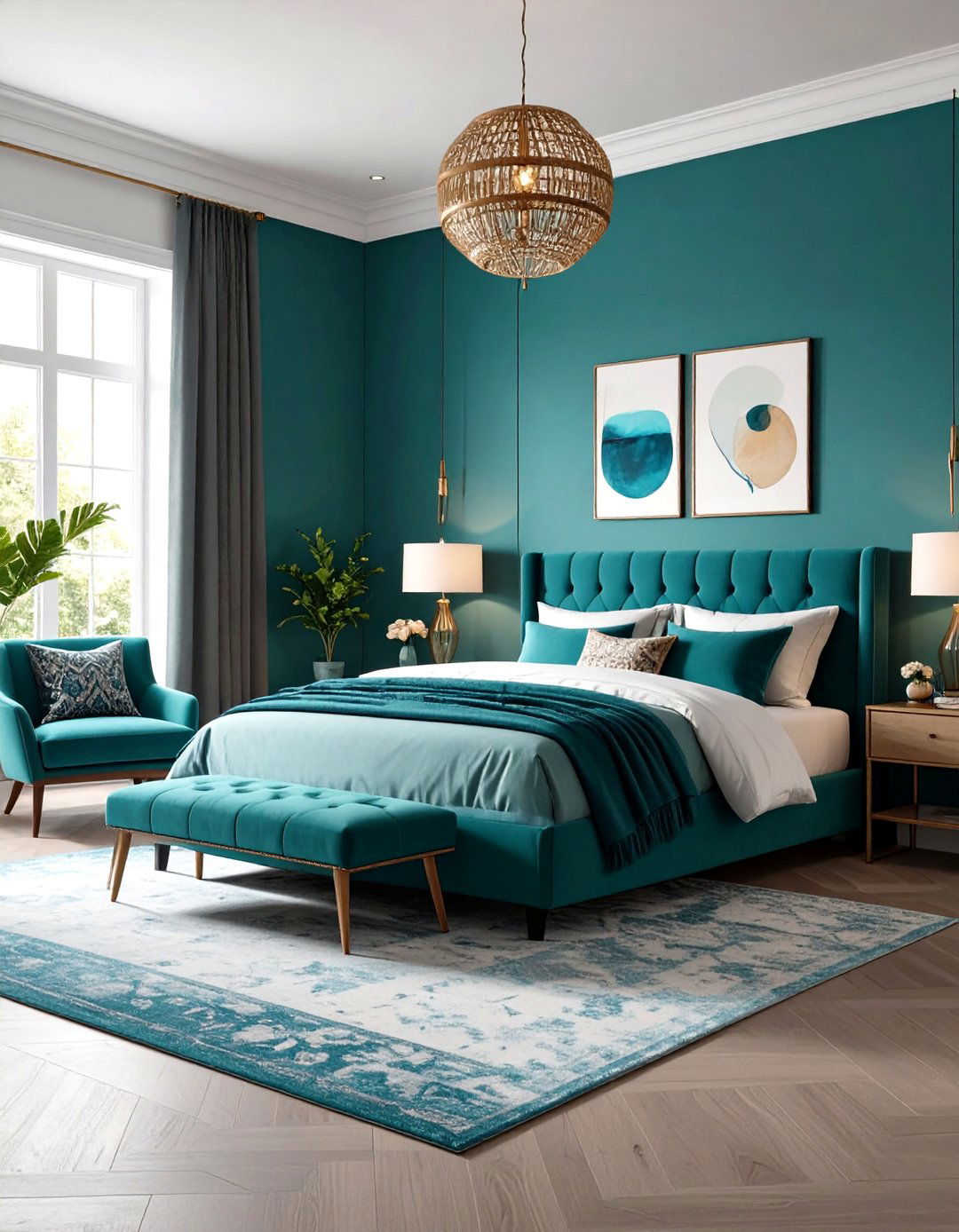

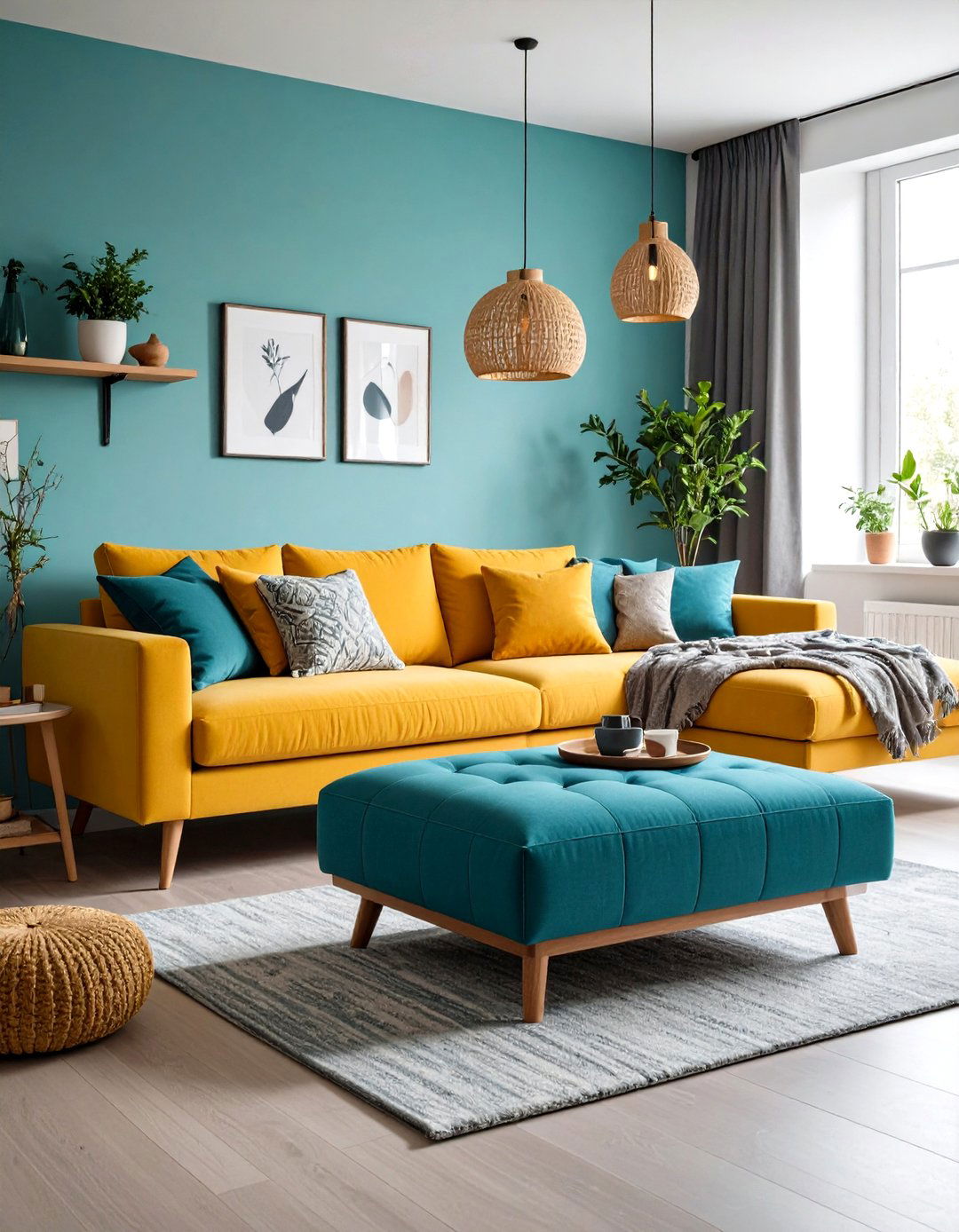
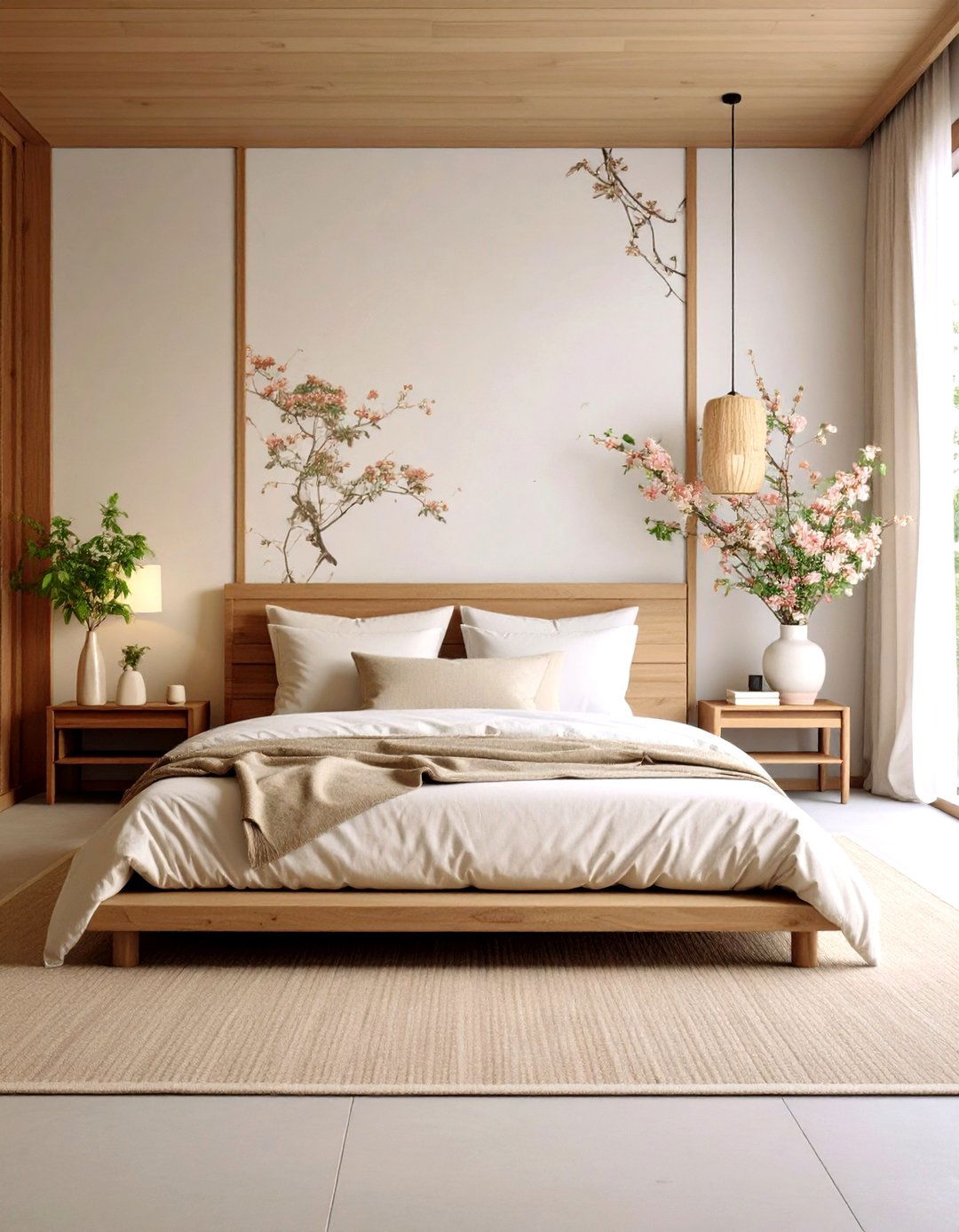
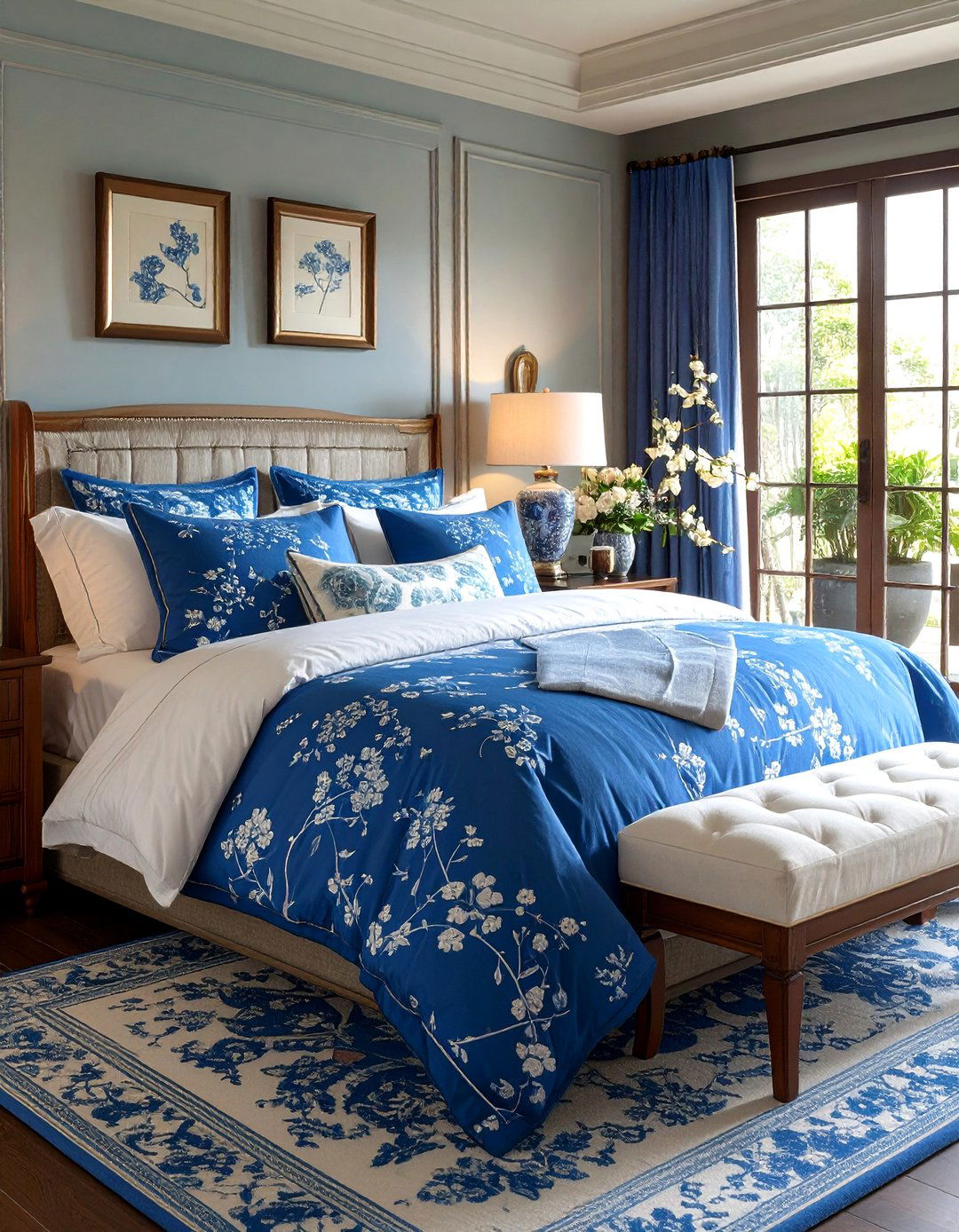

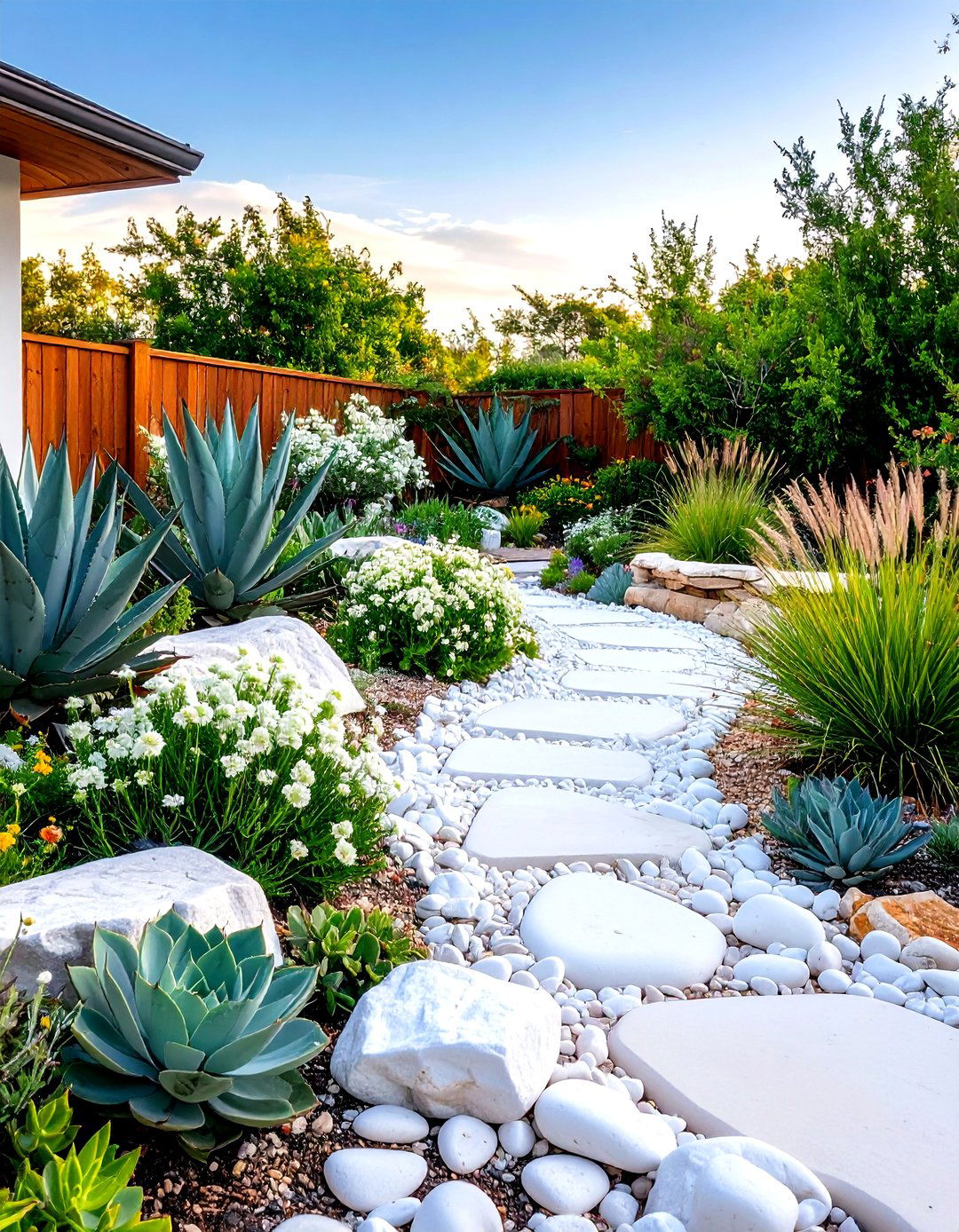
Leave a Reply